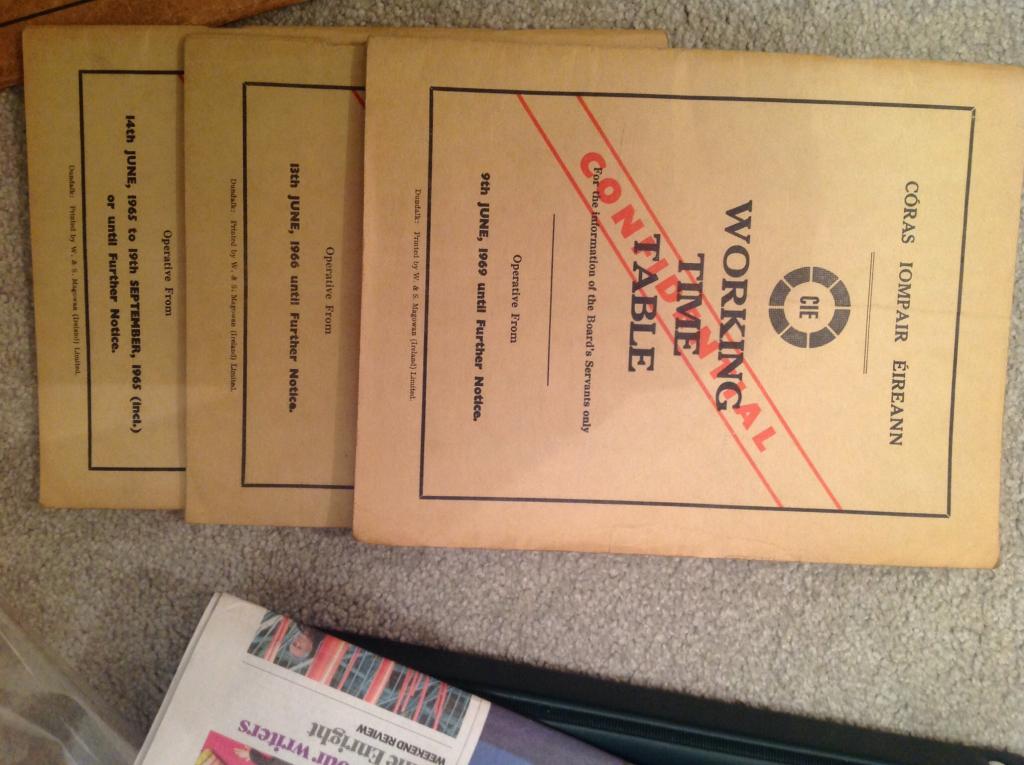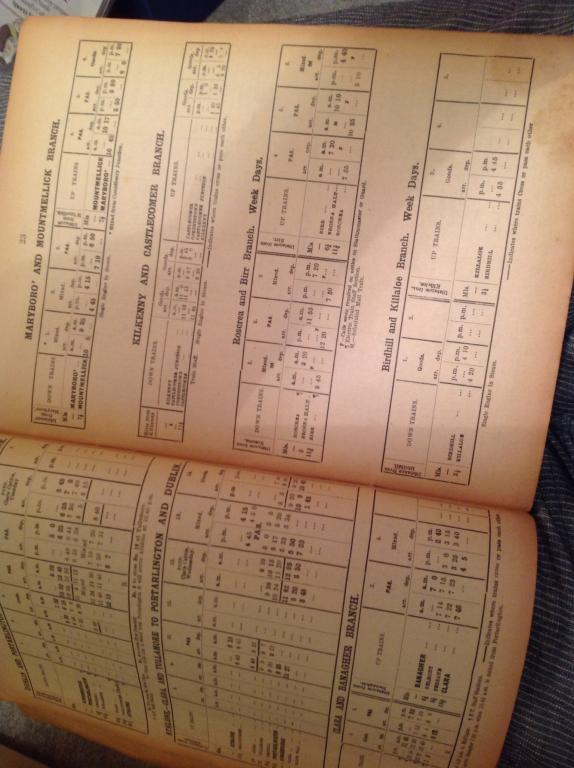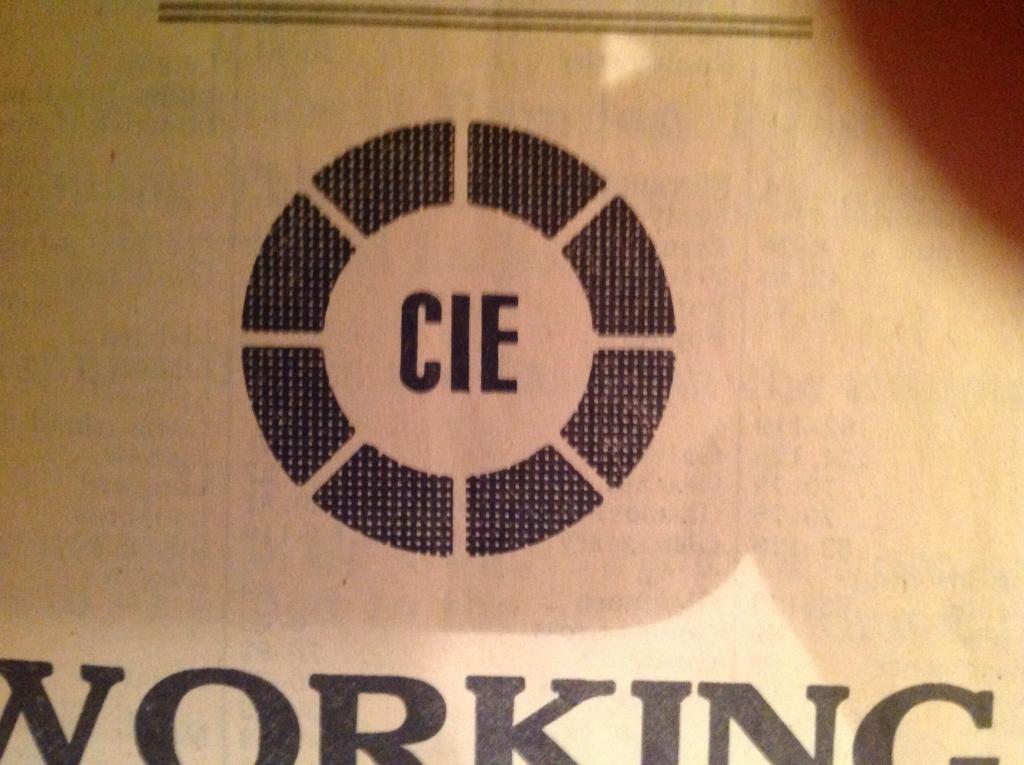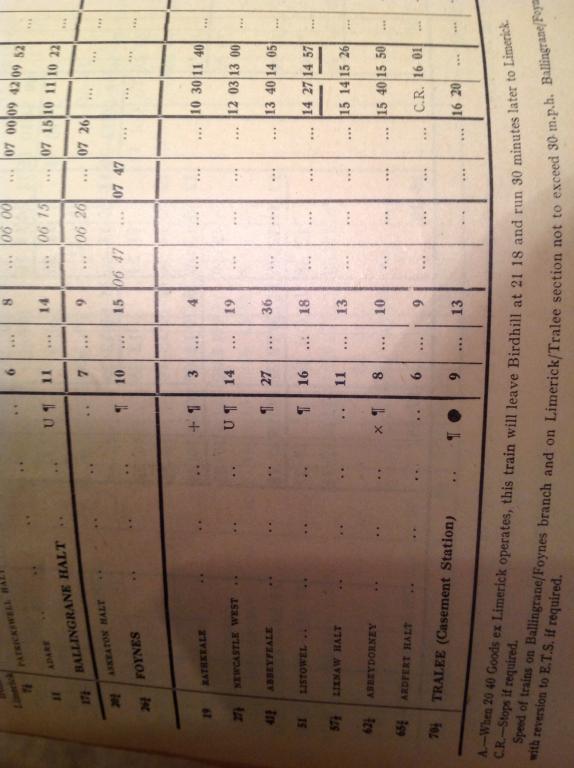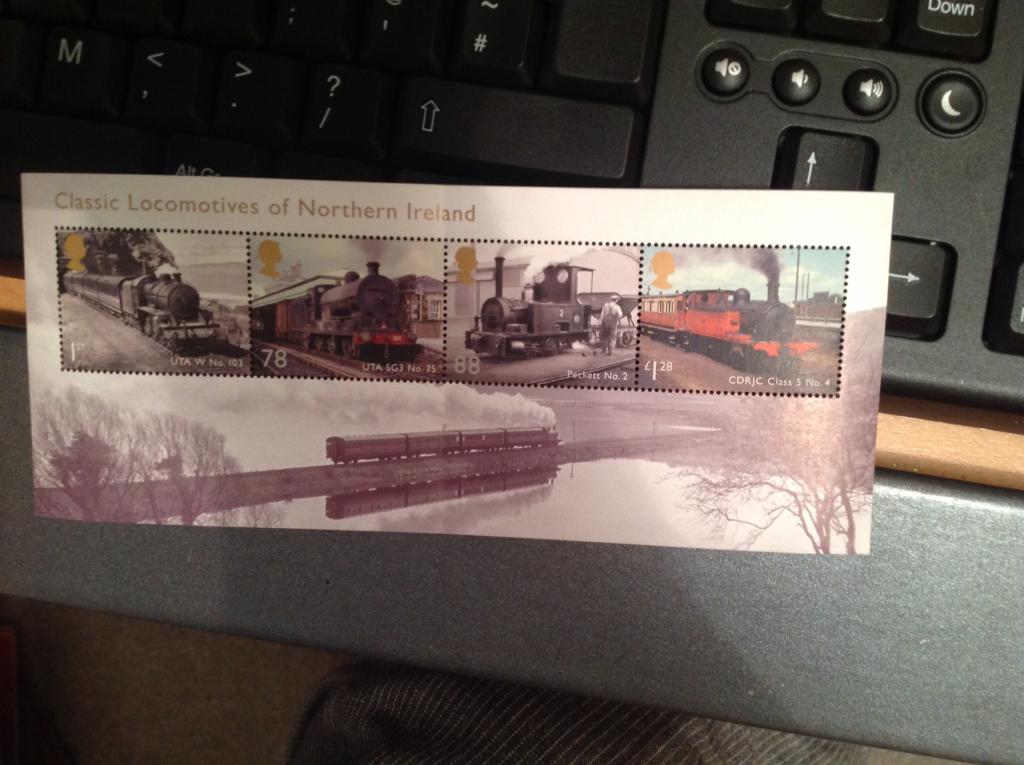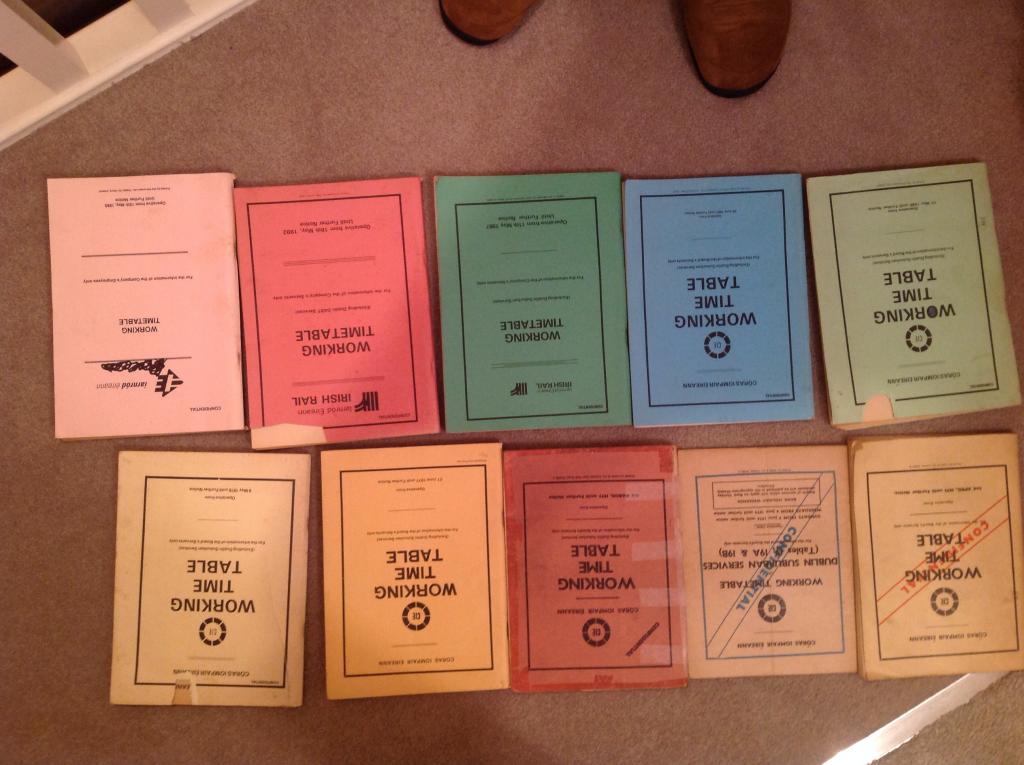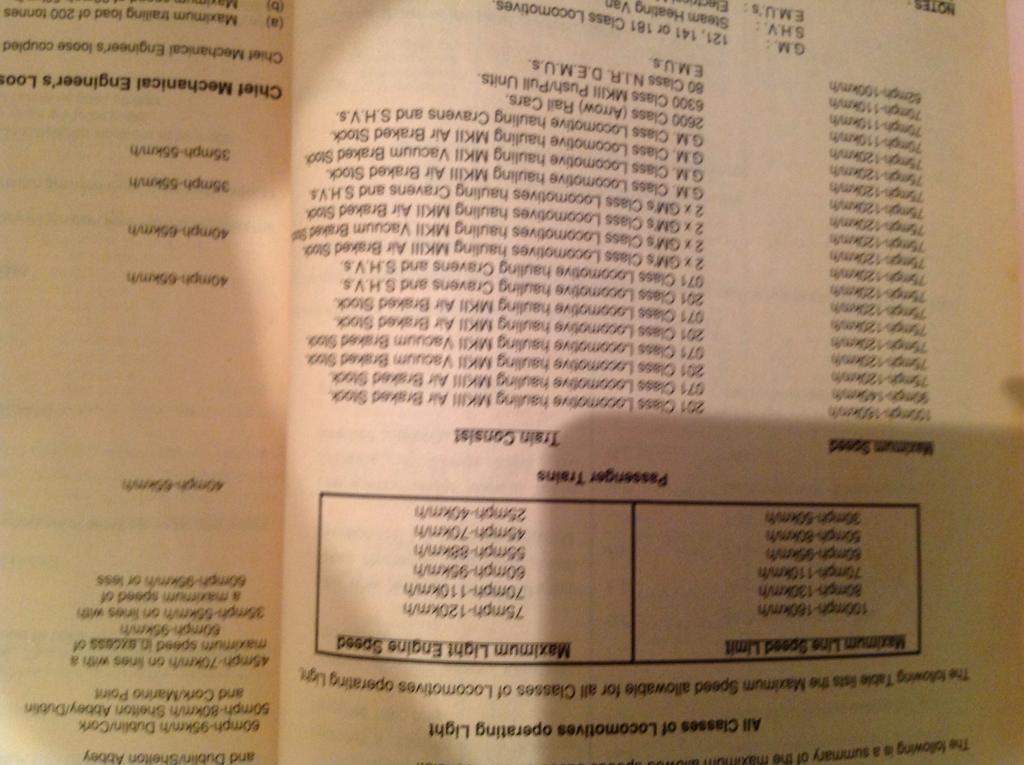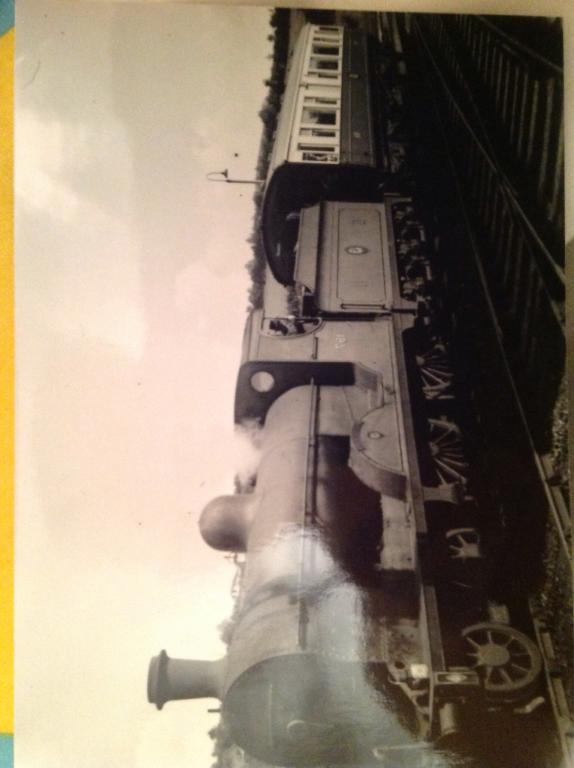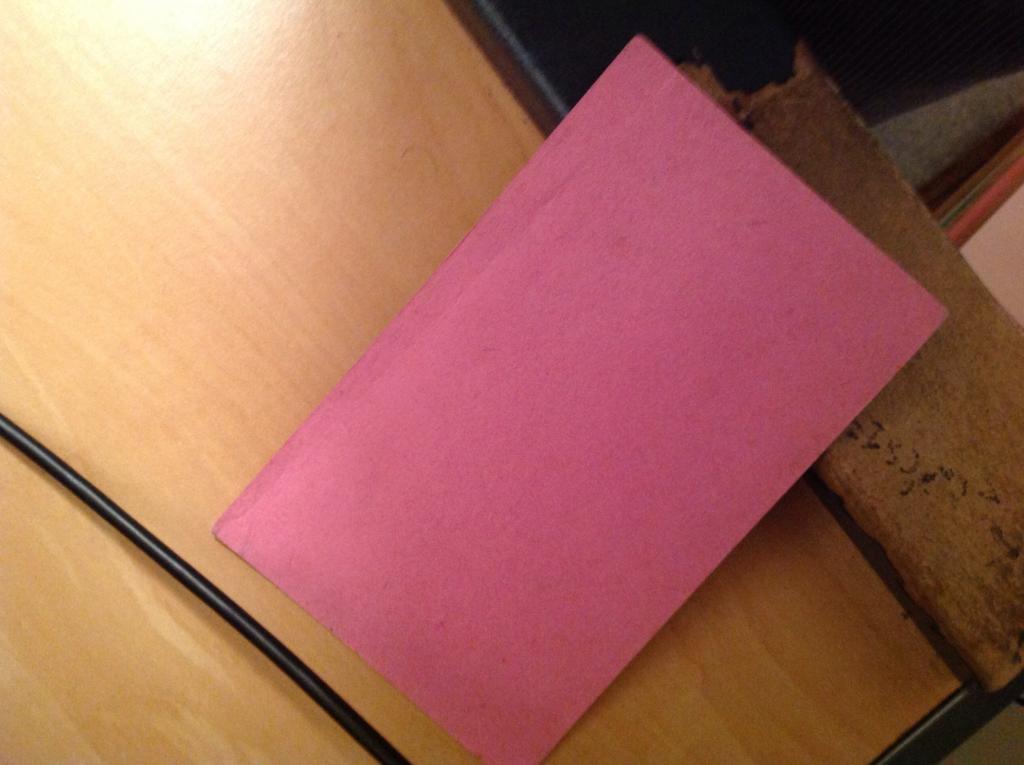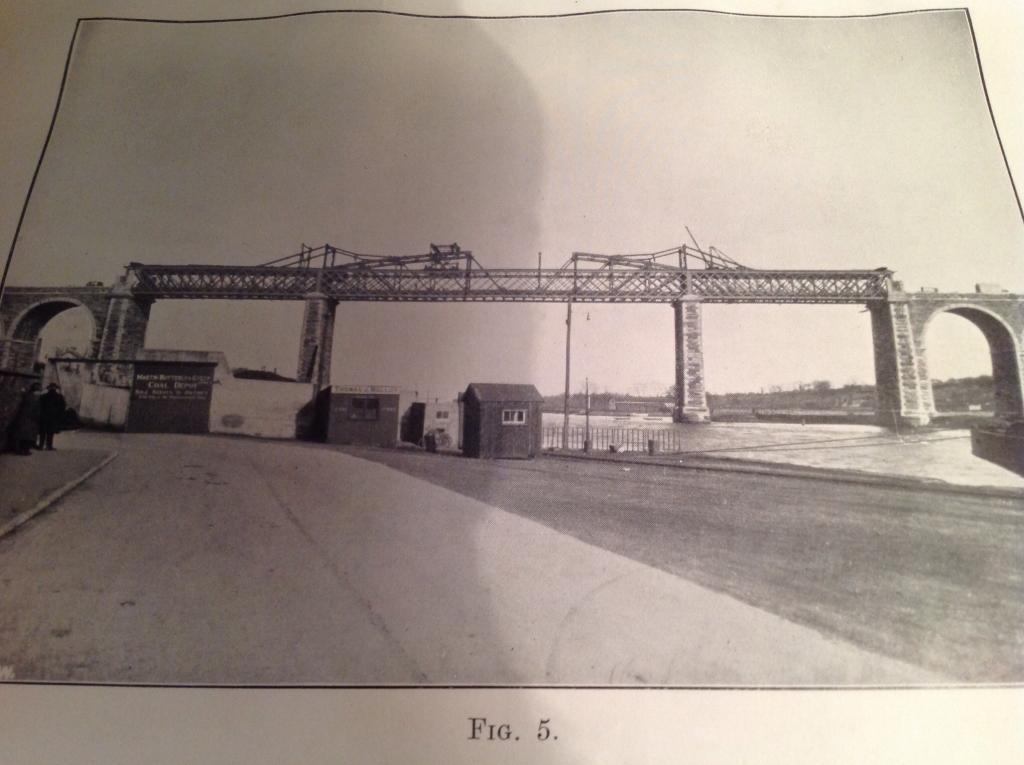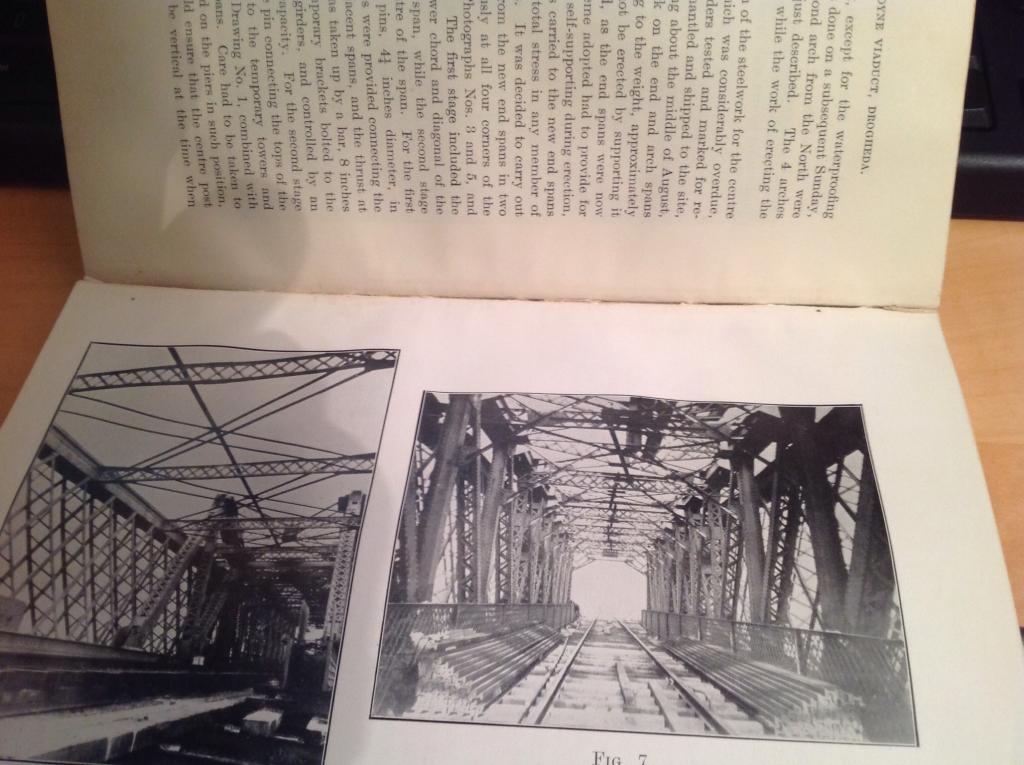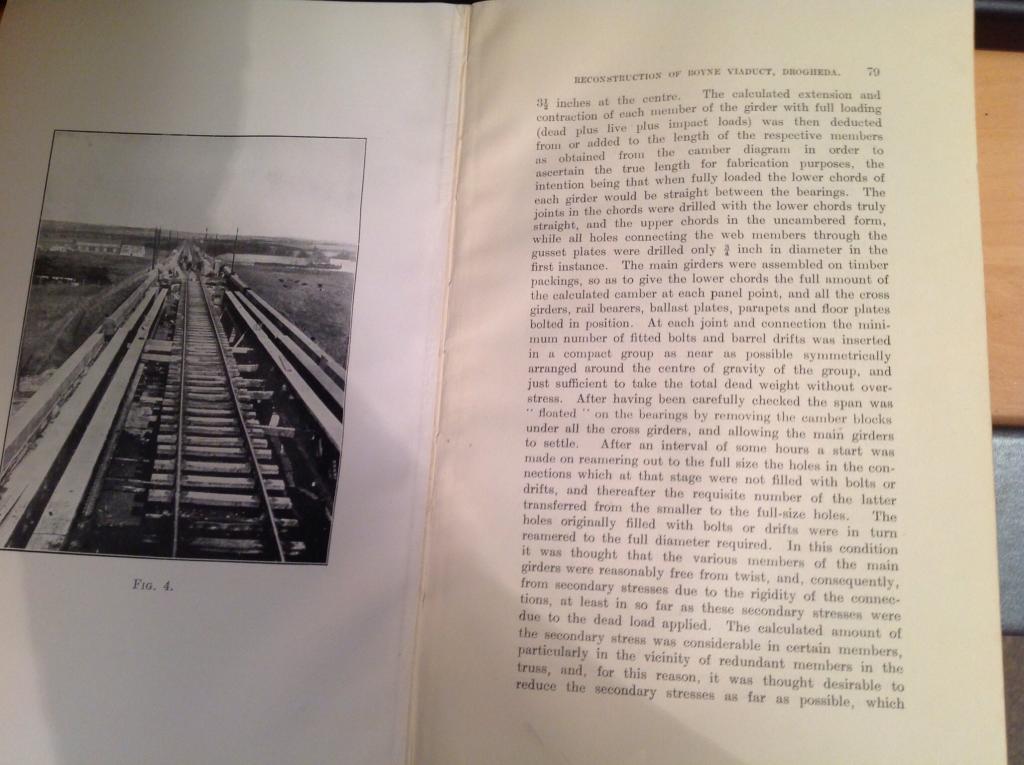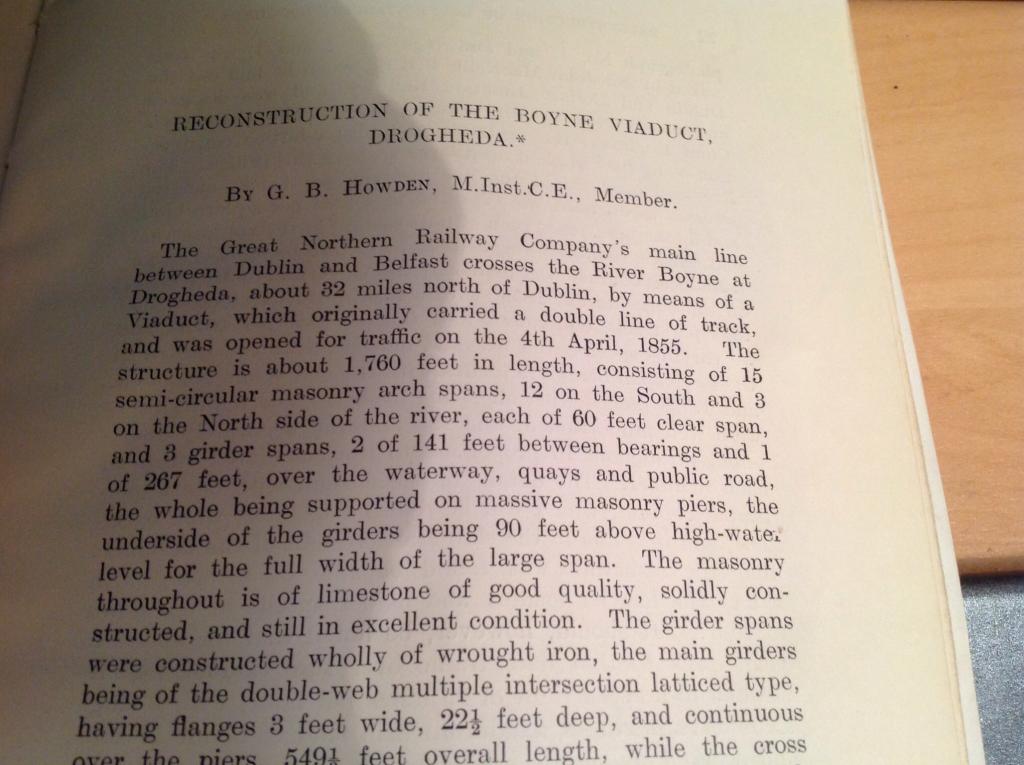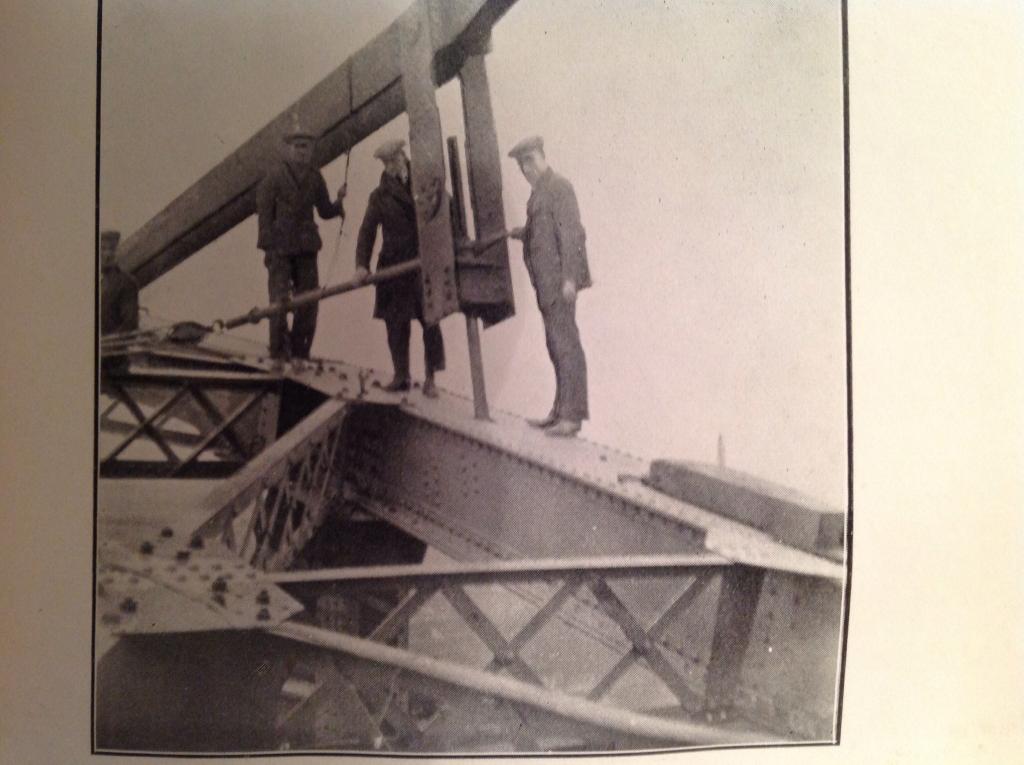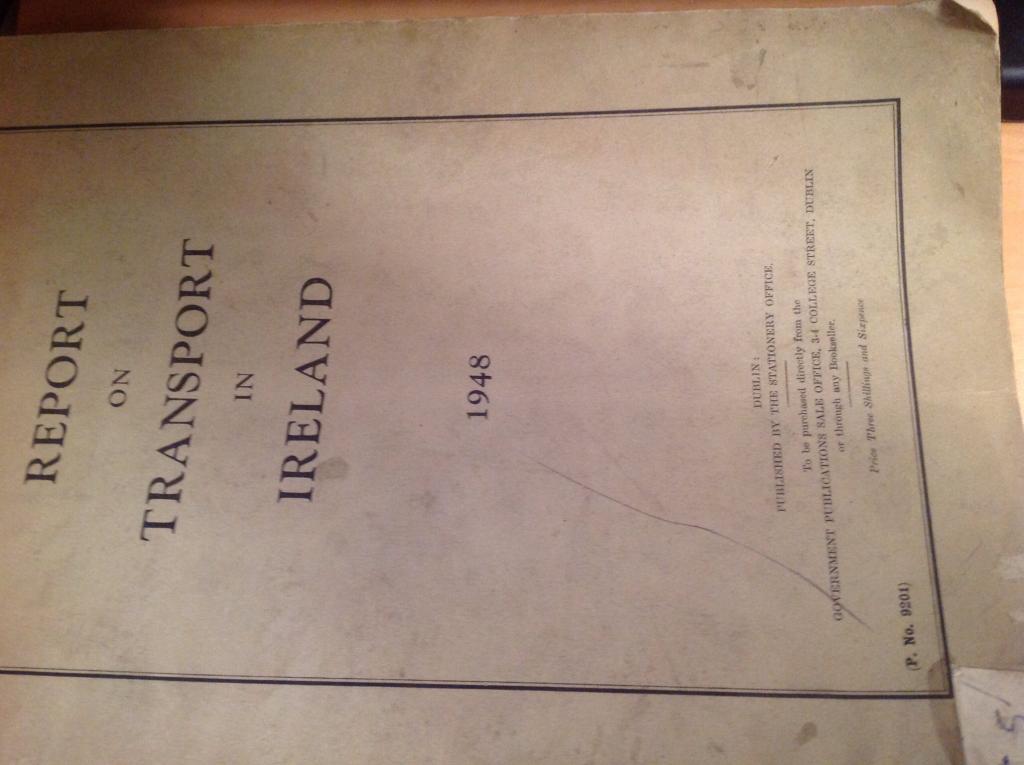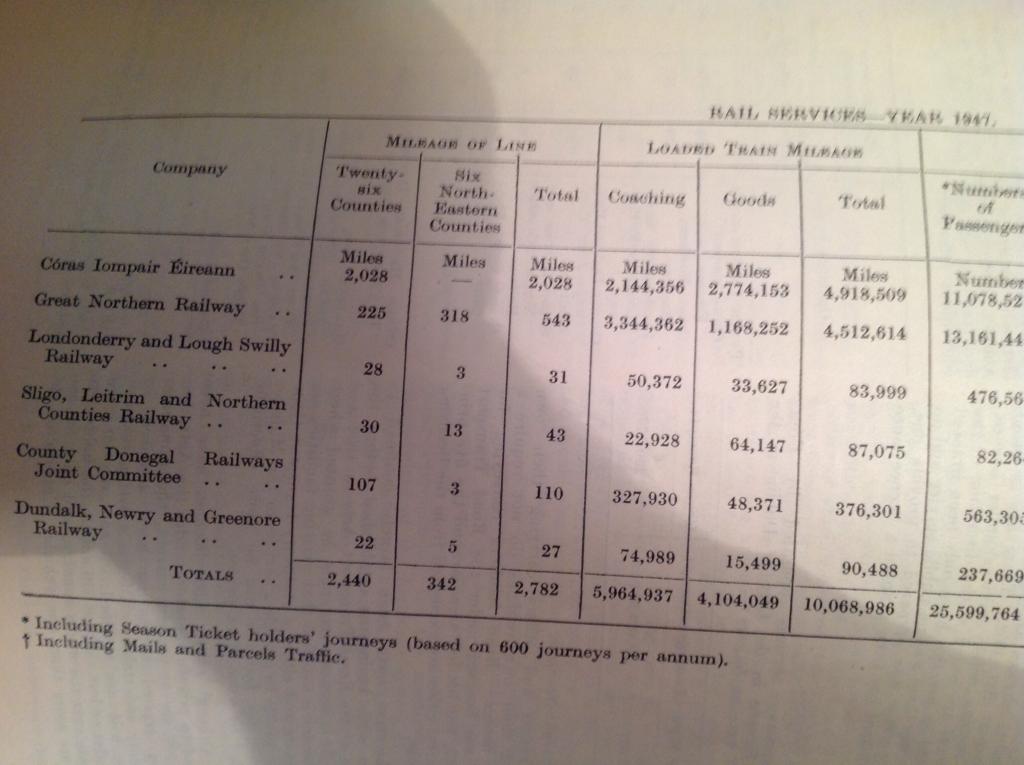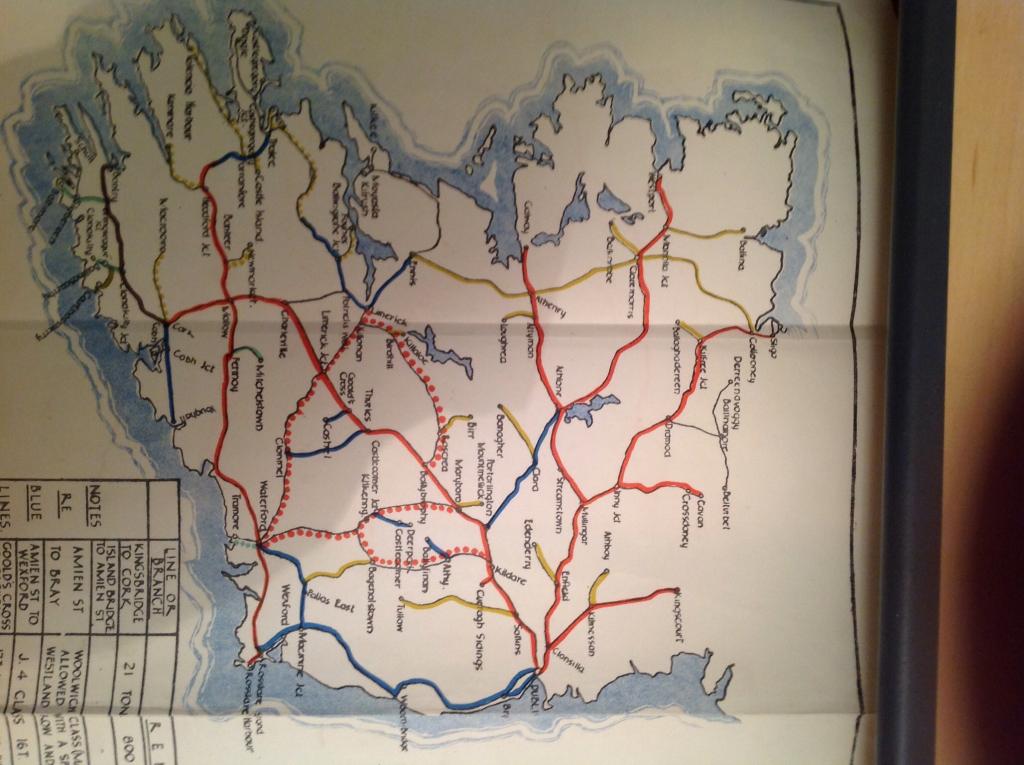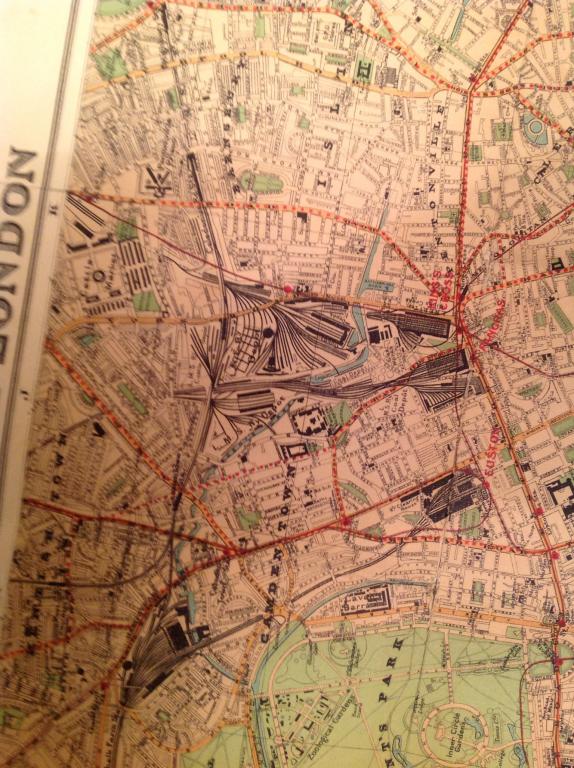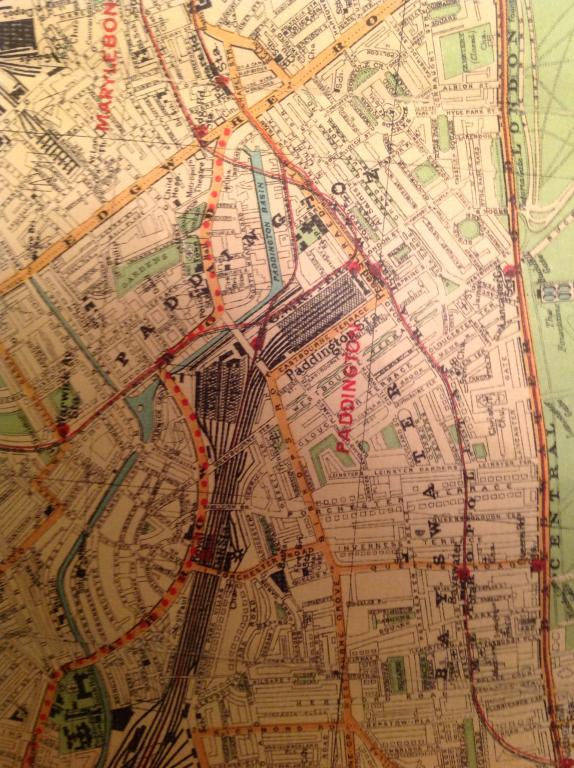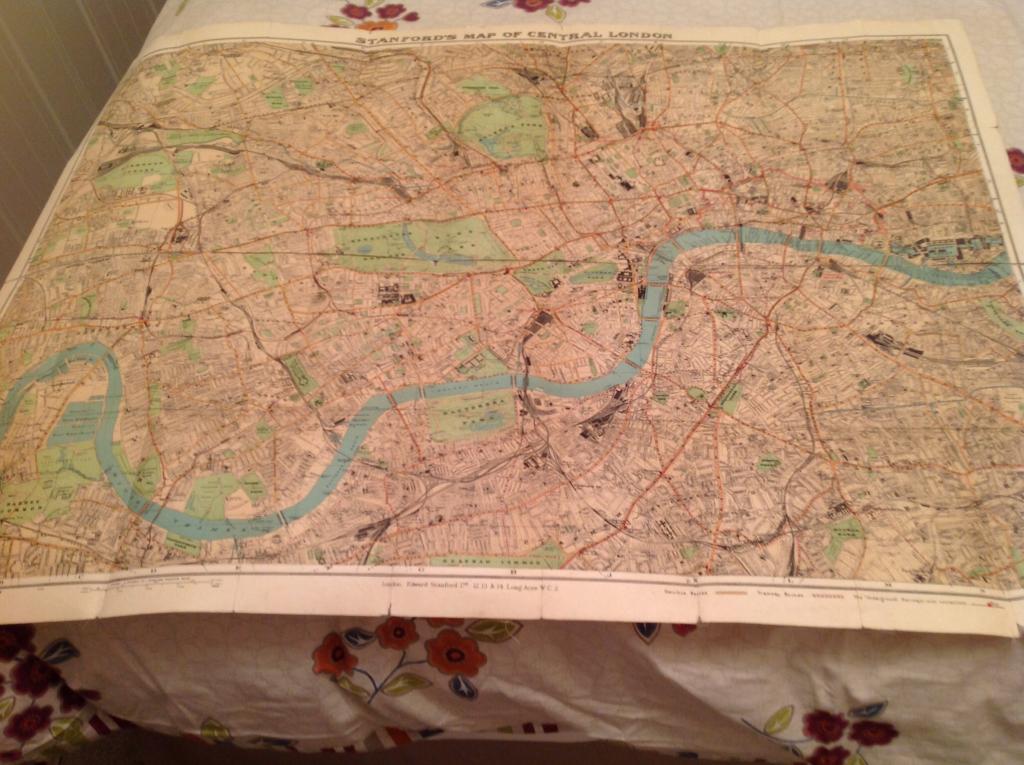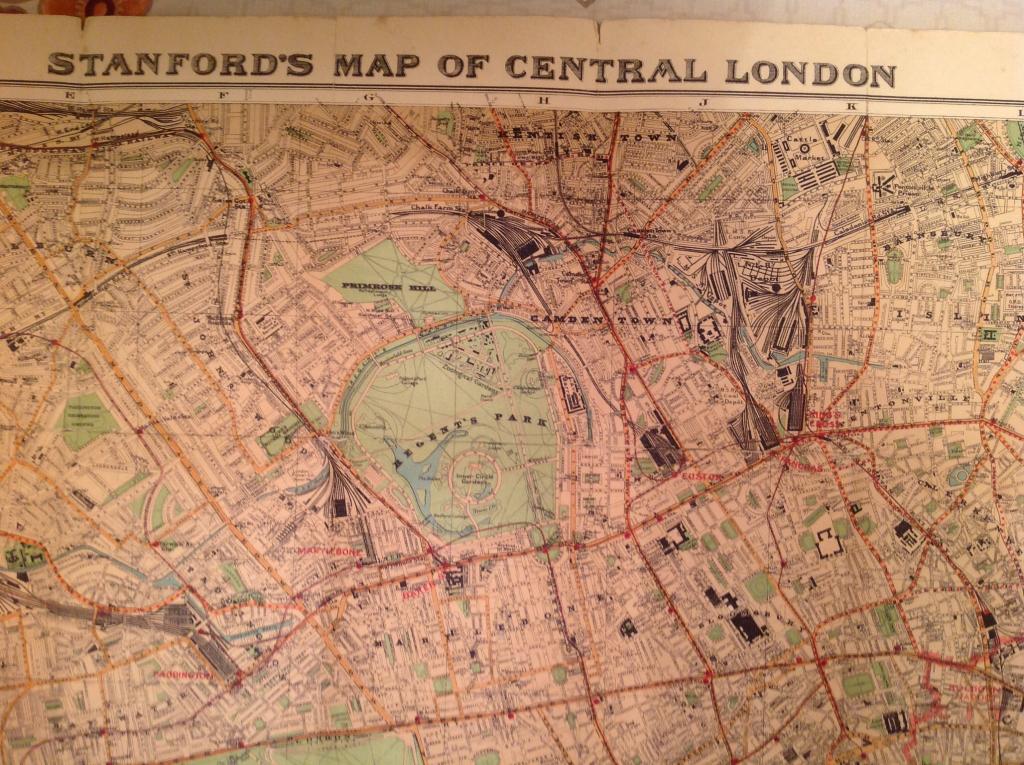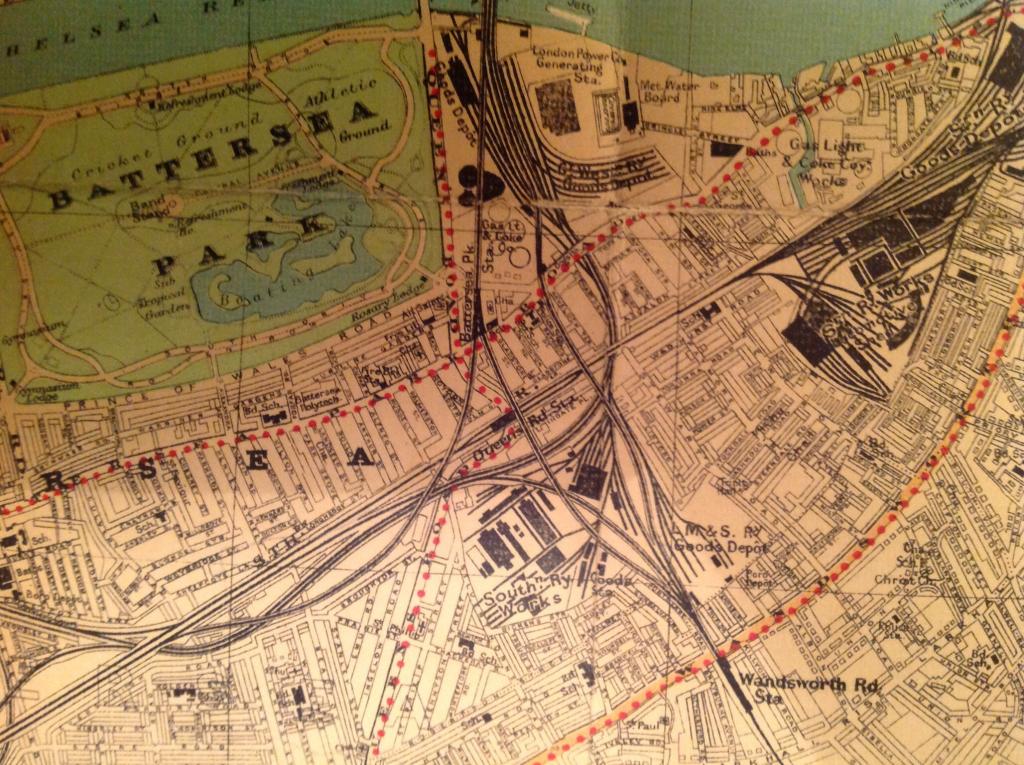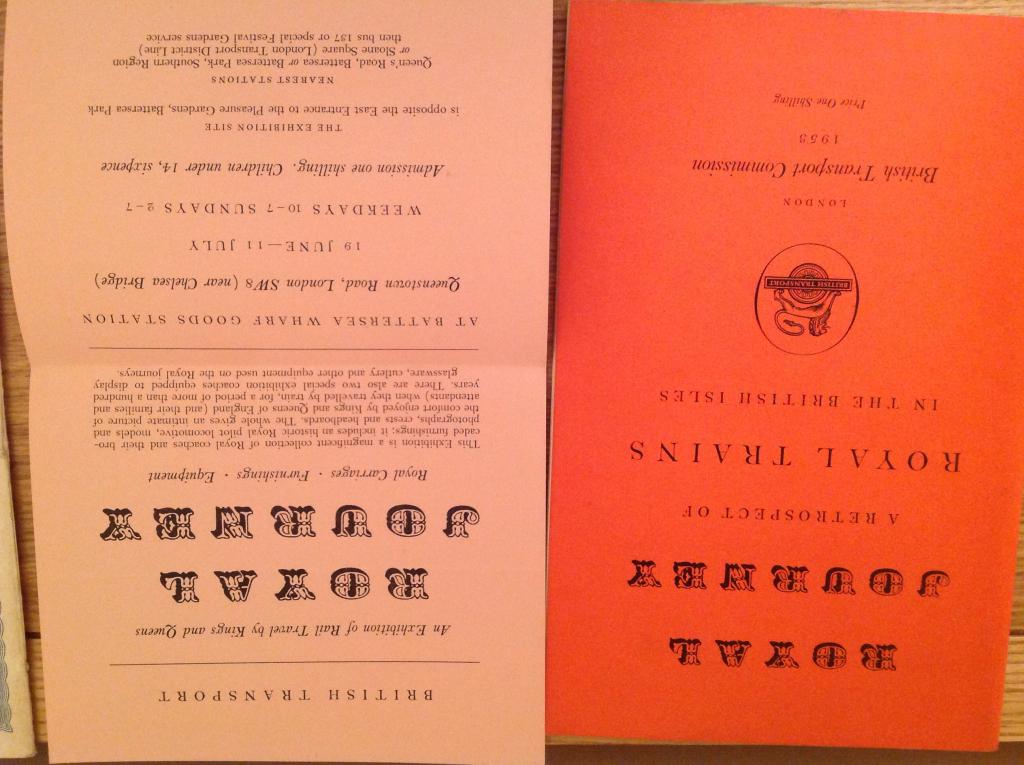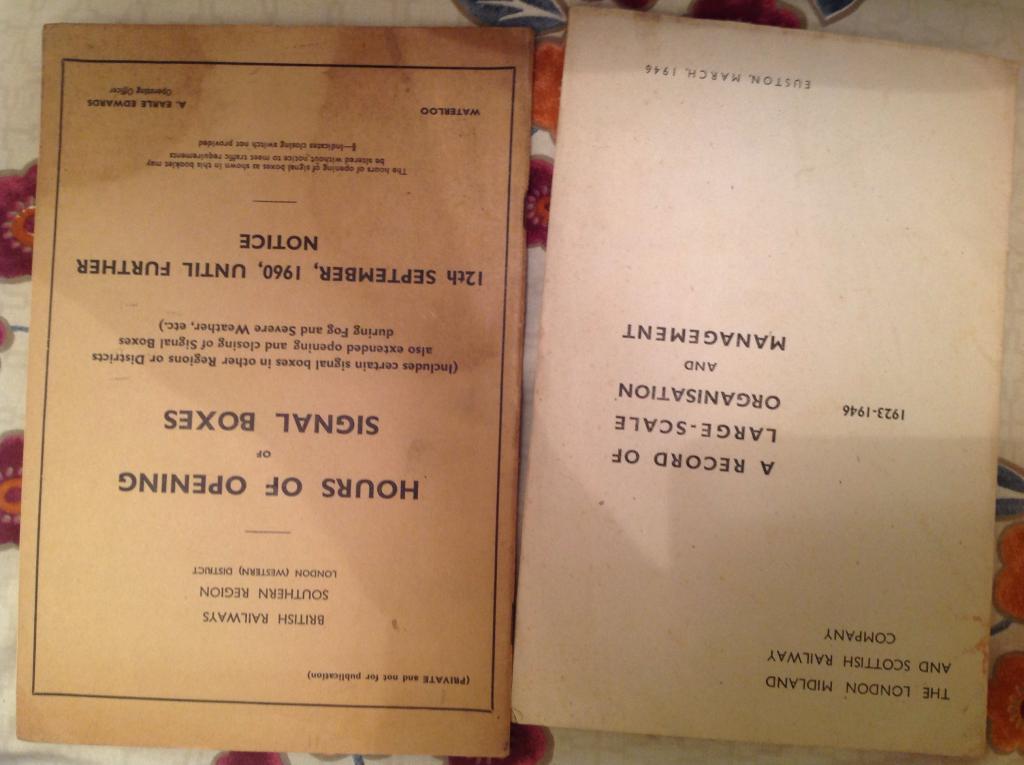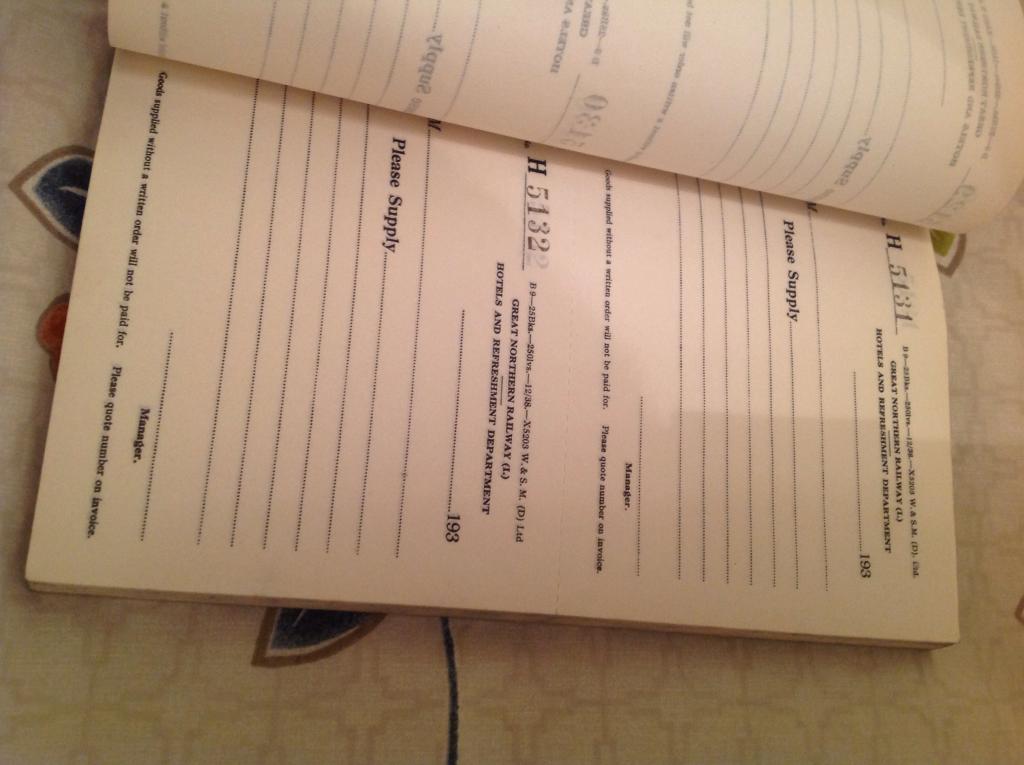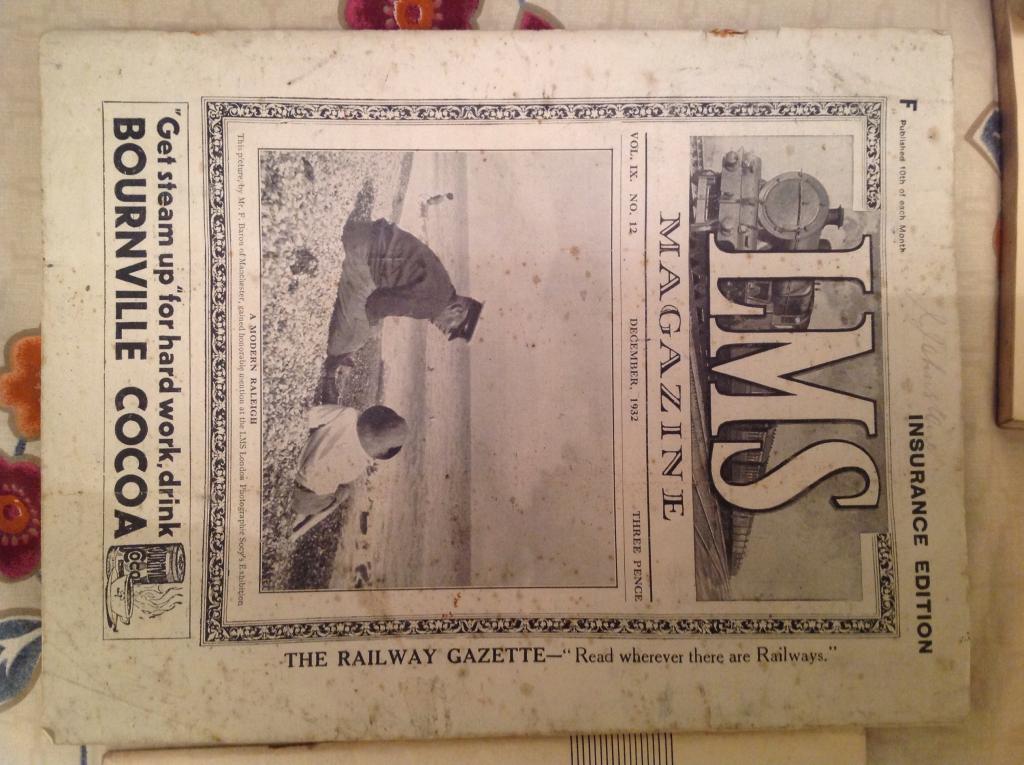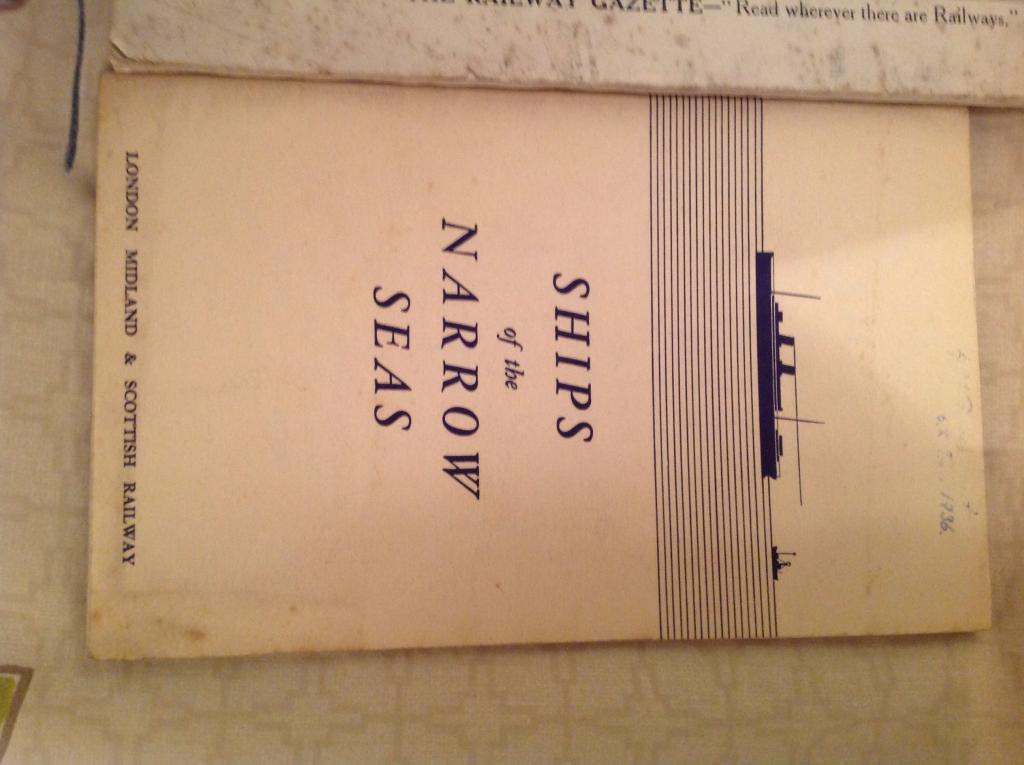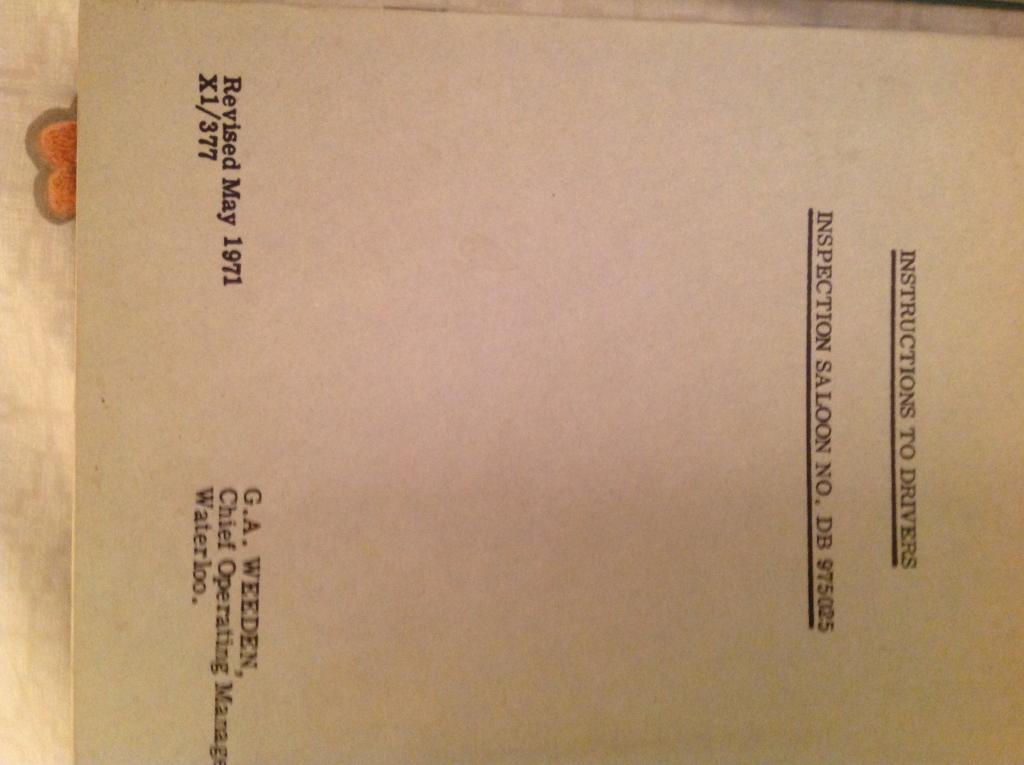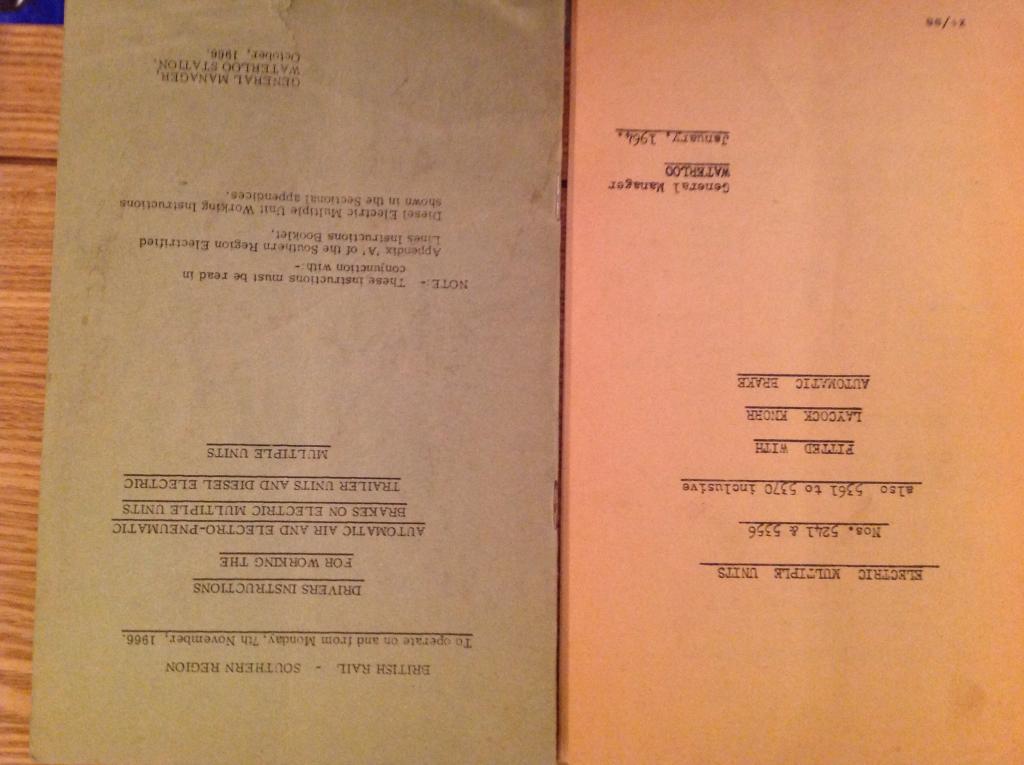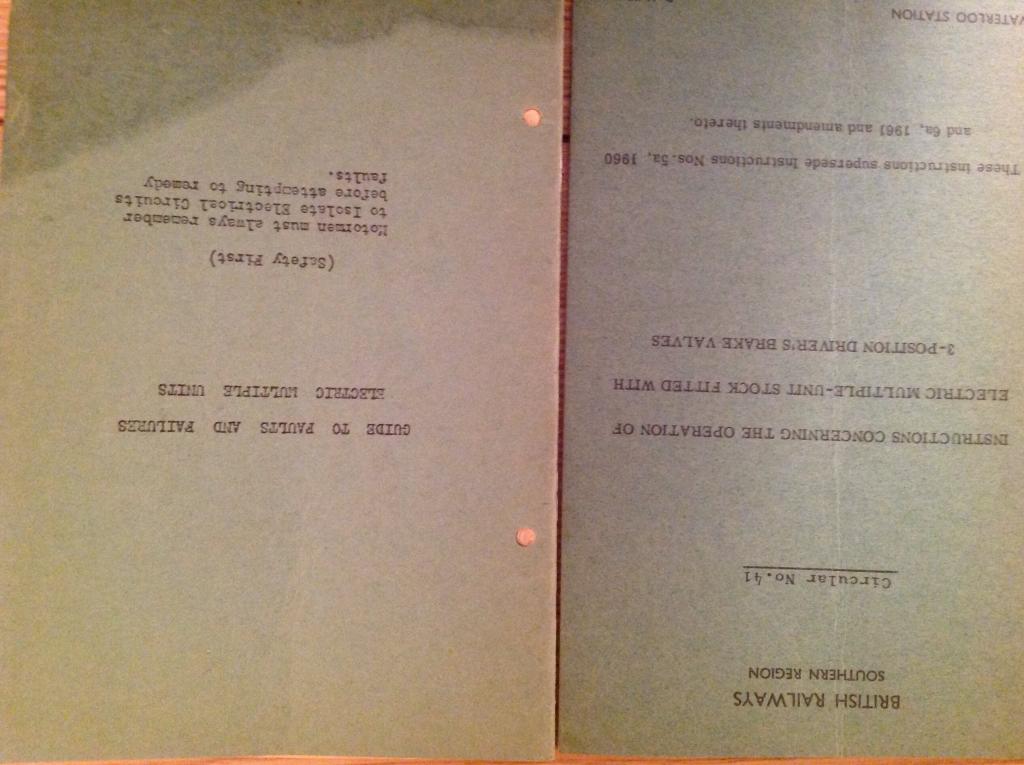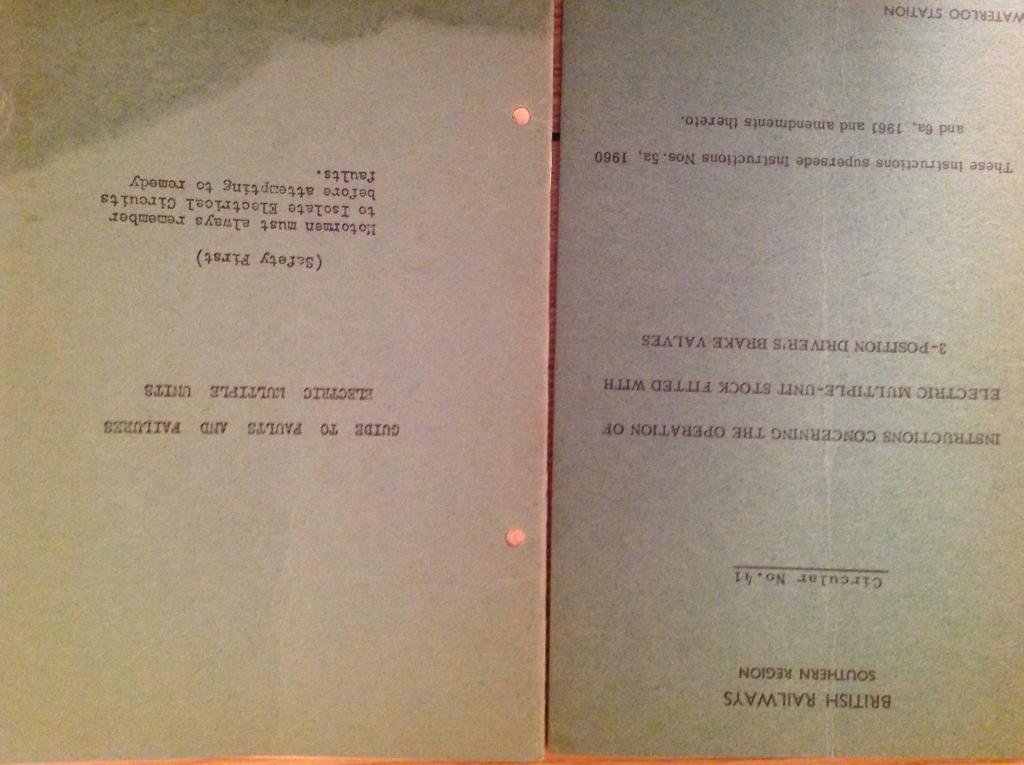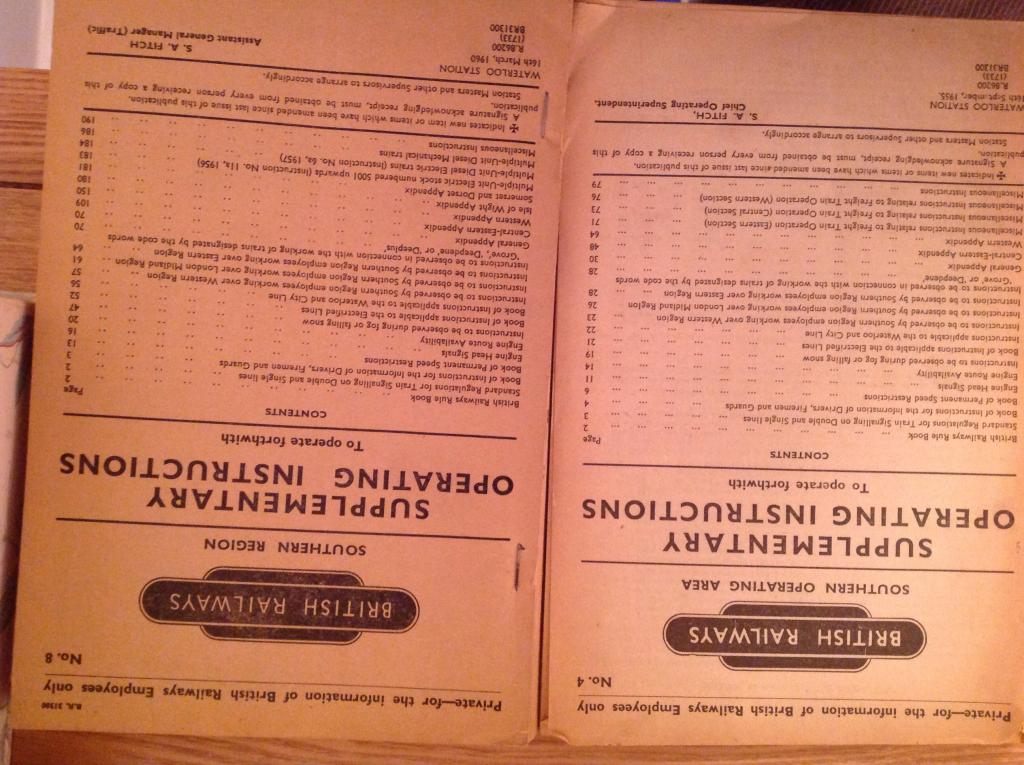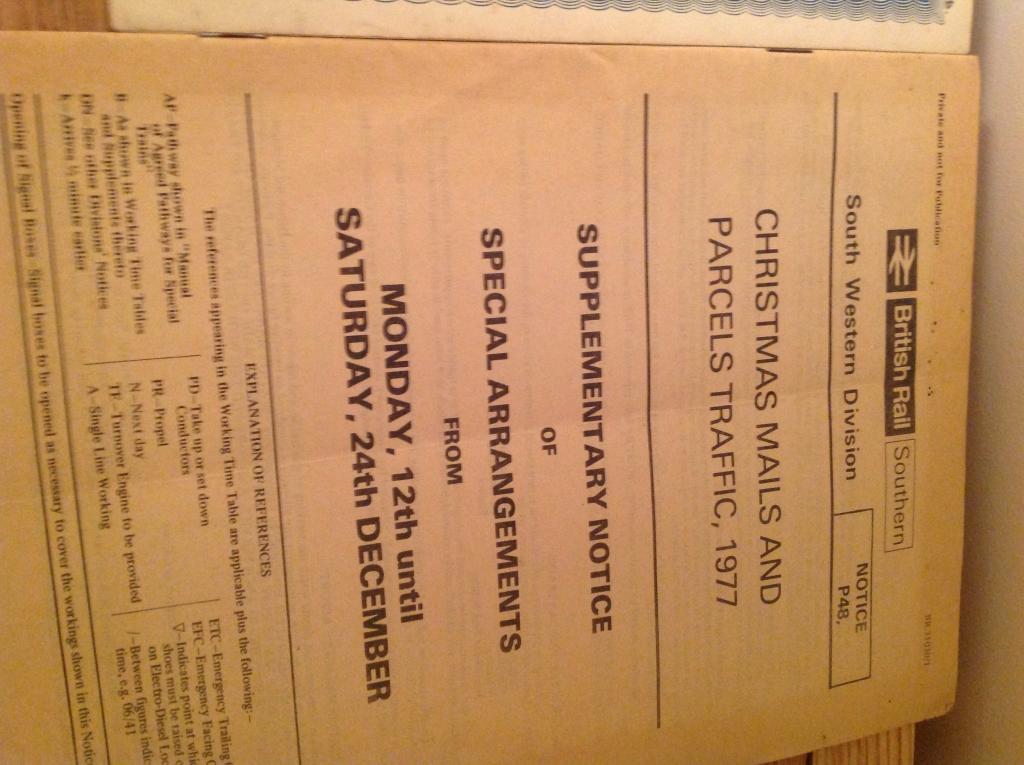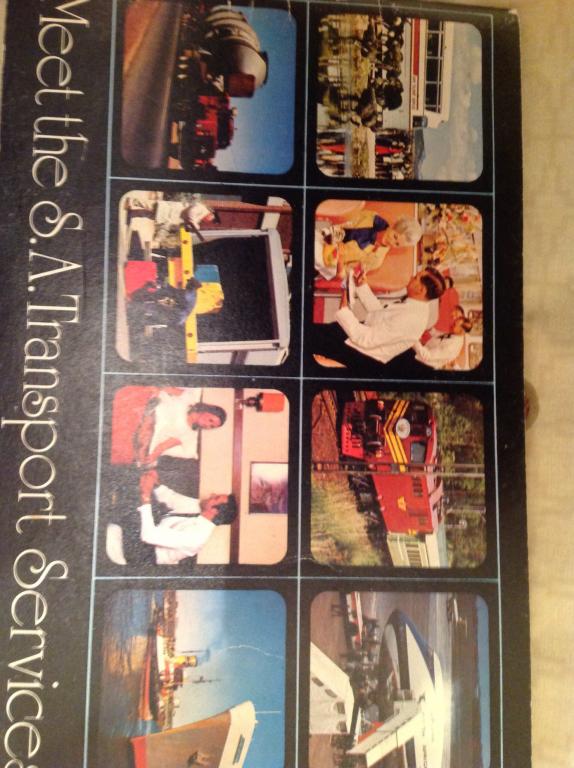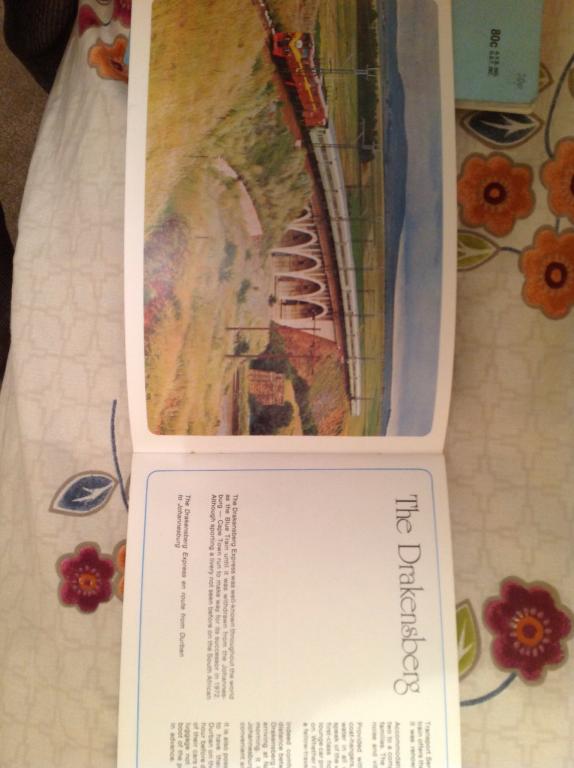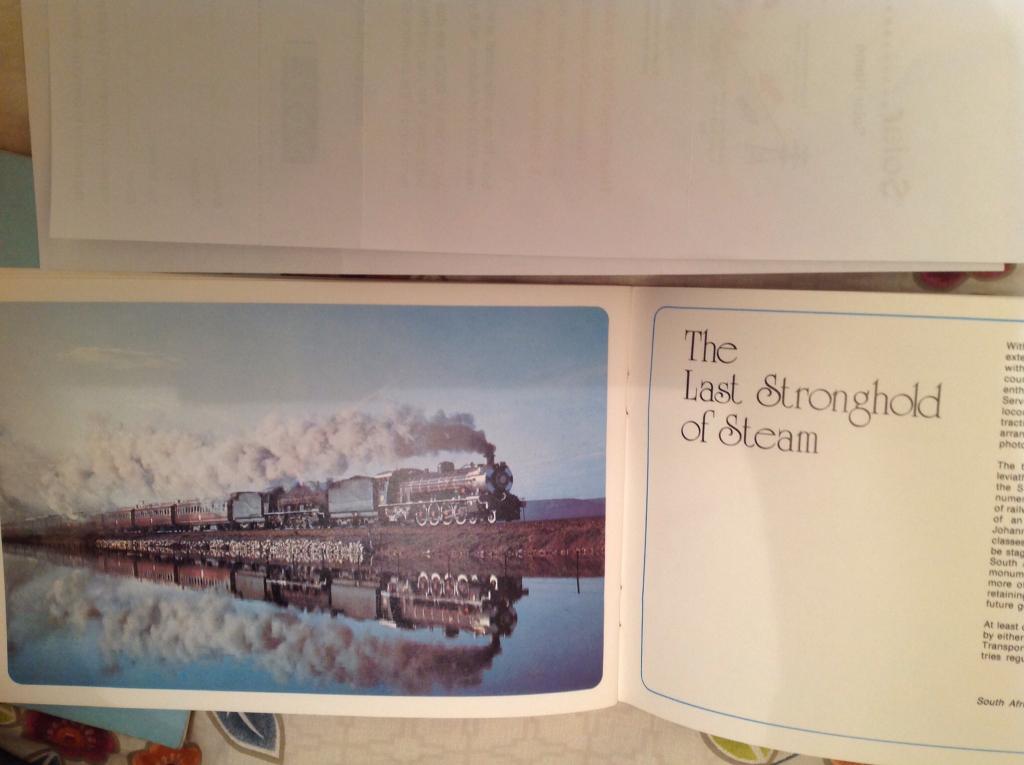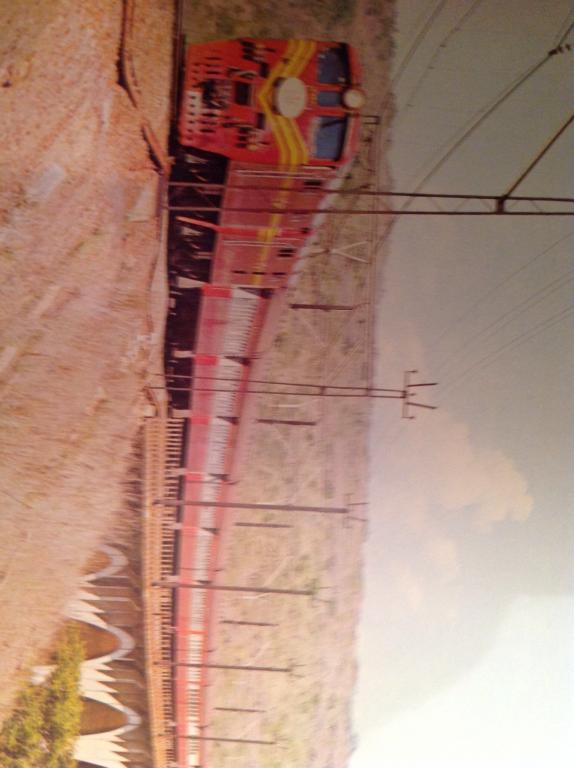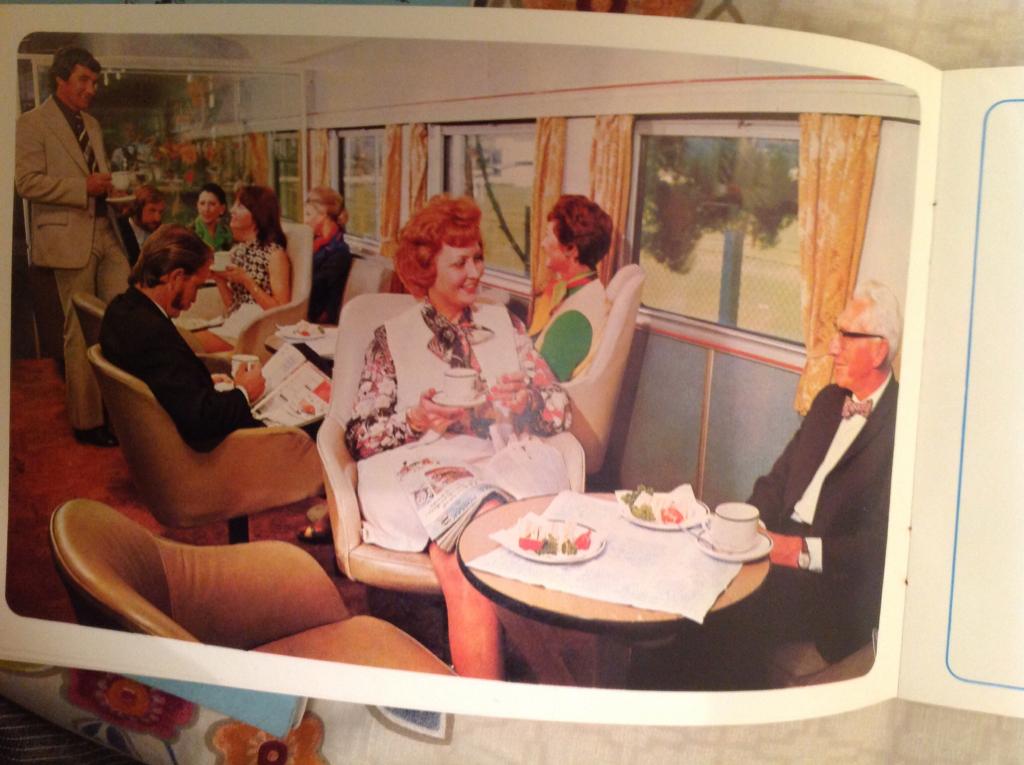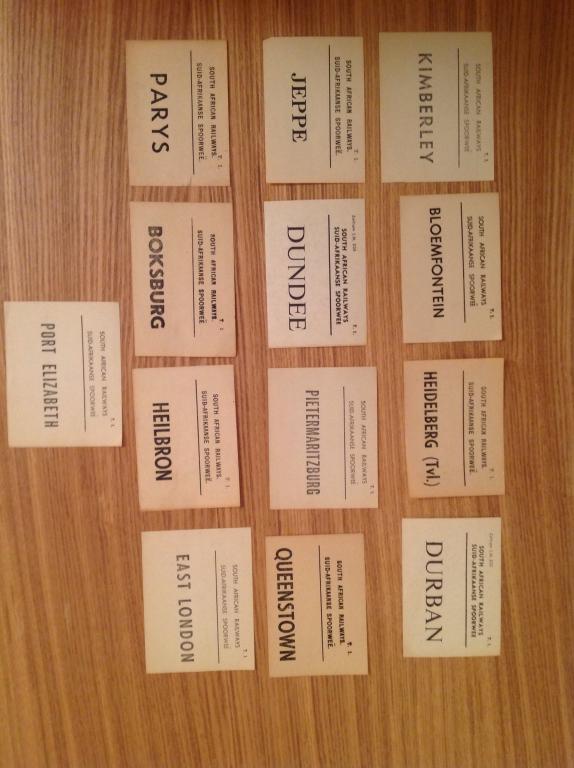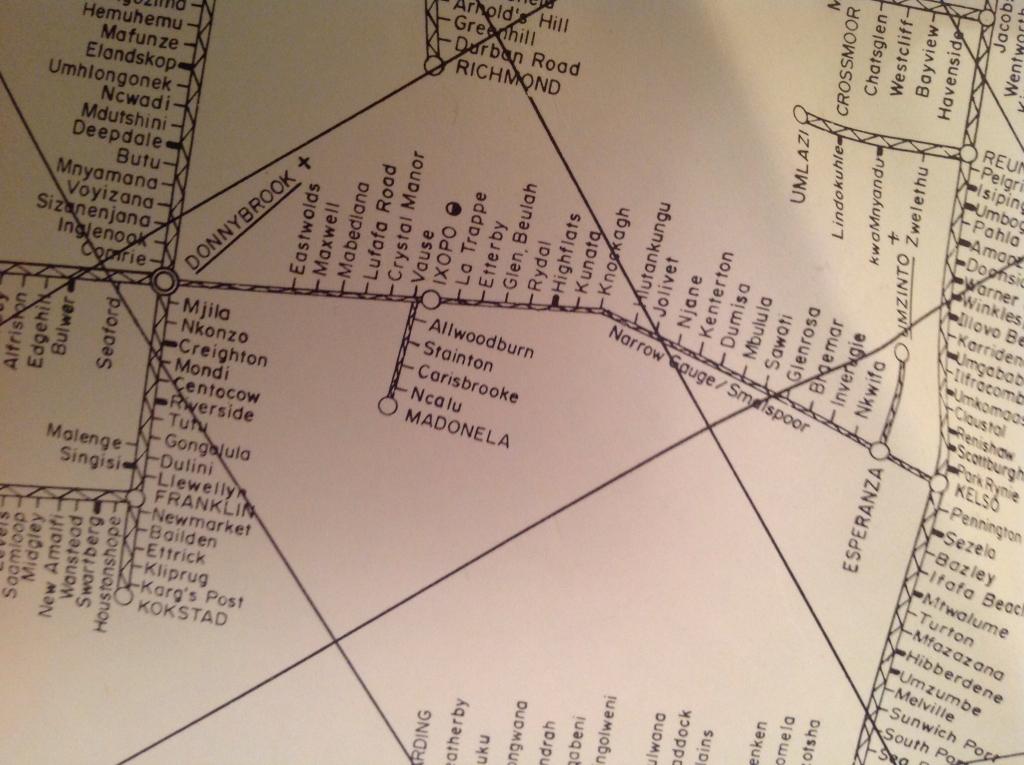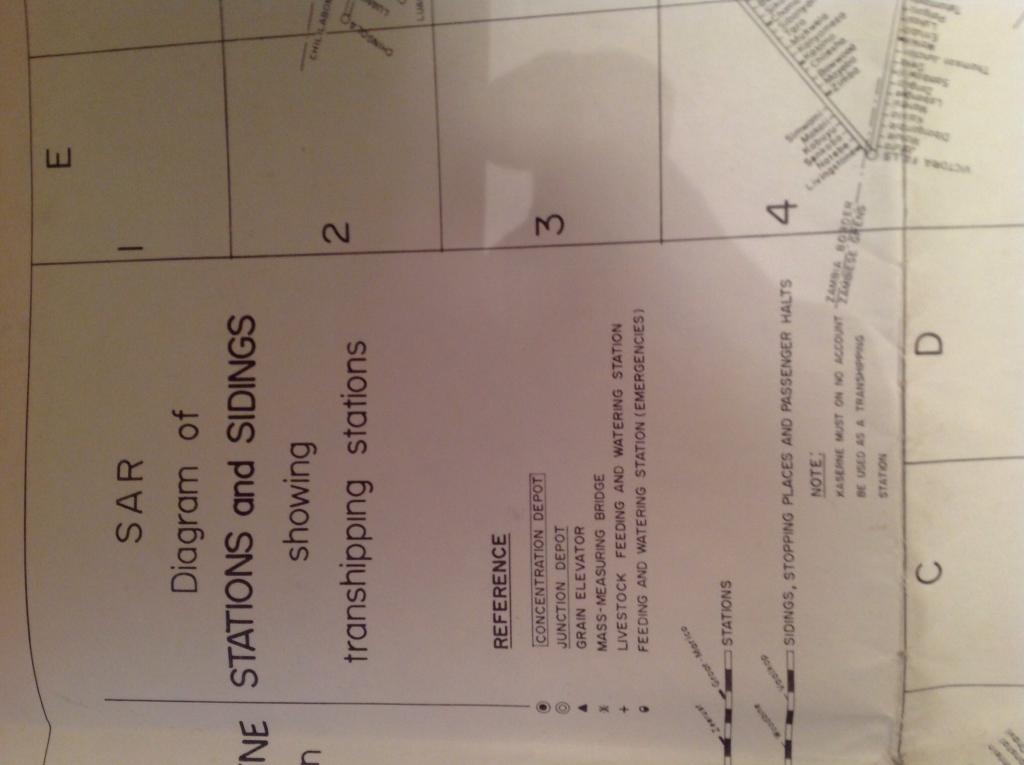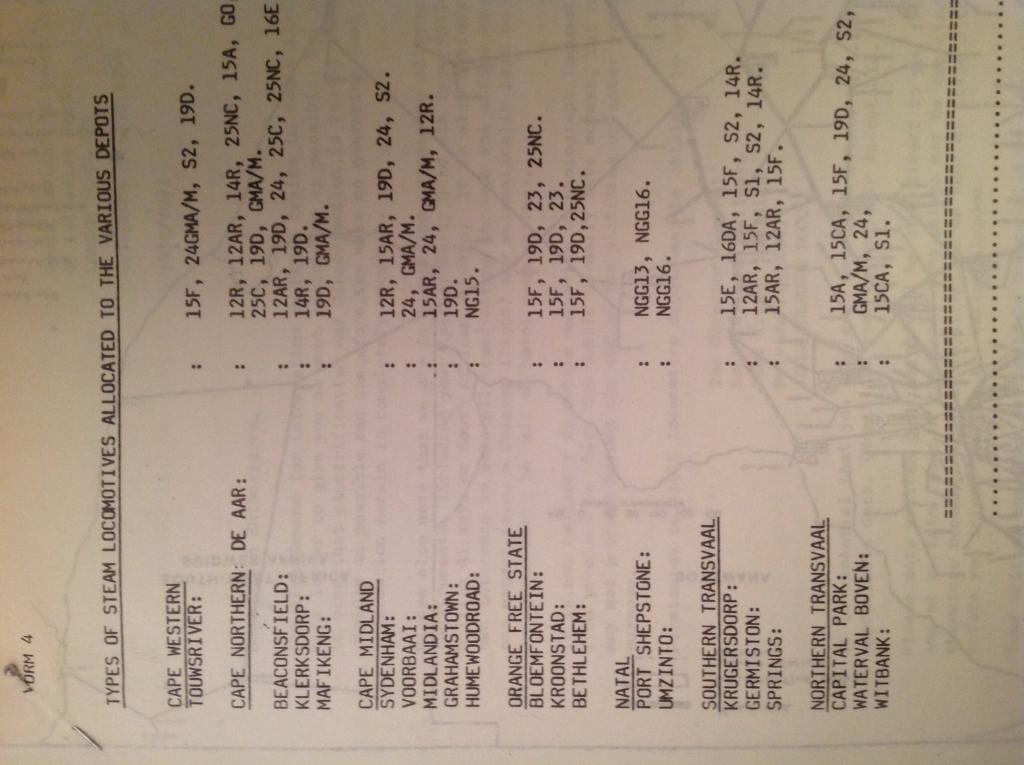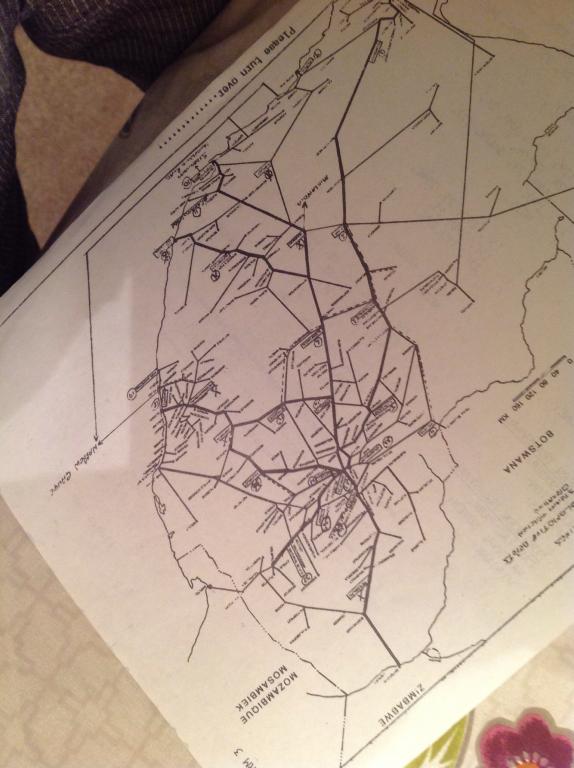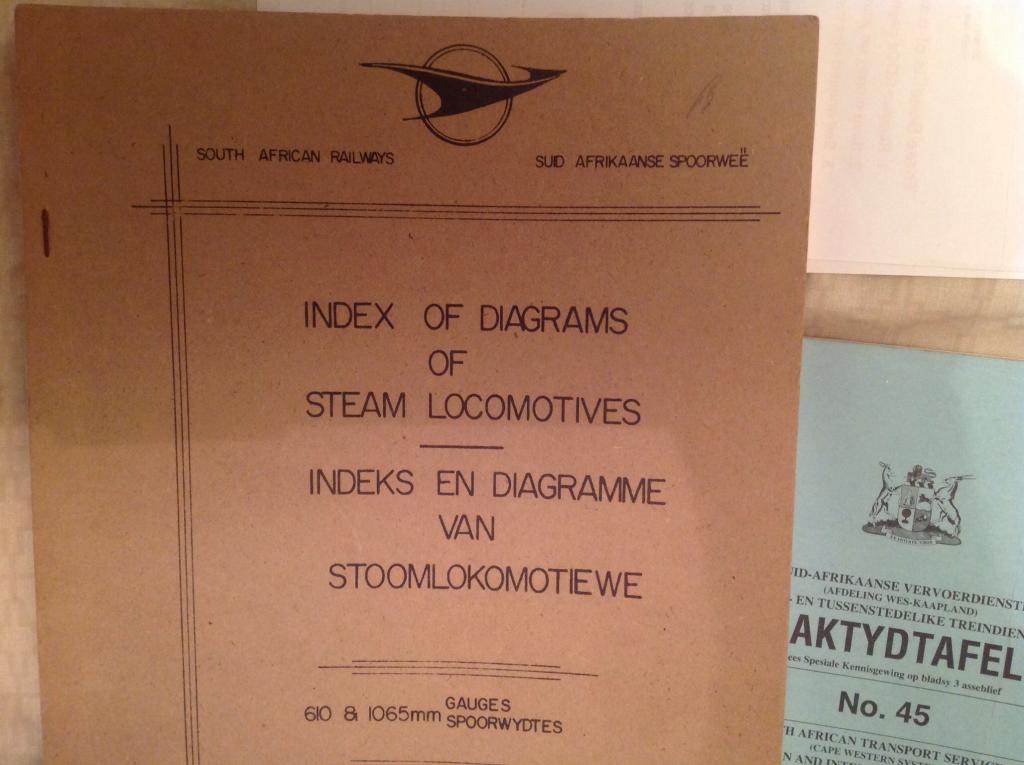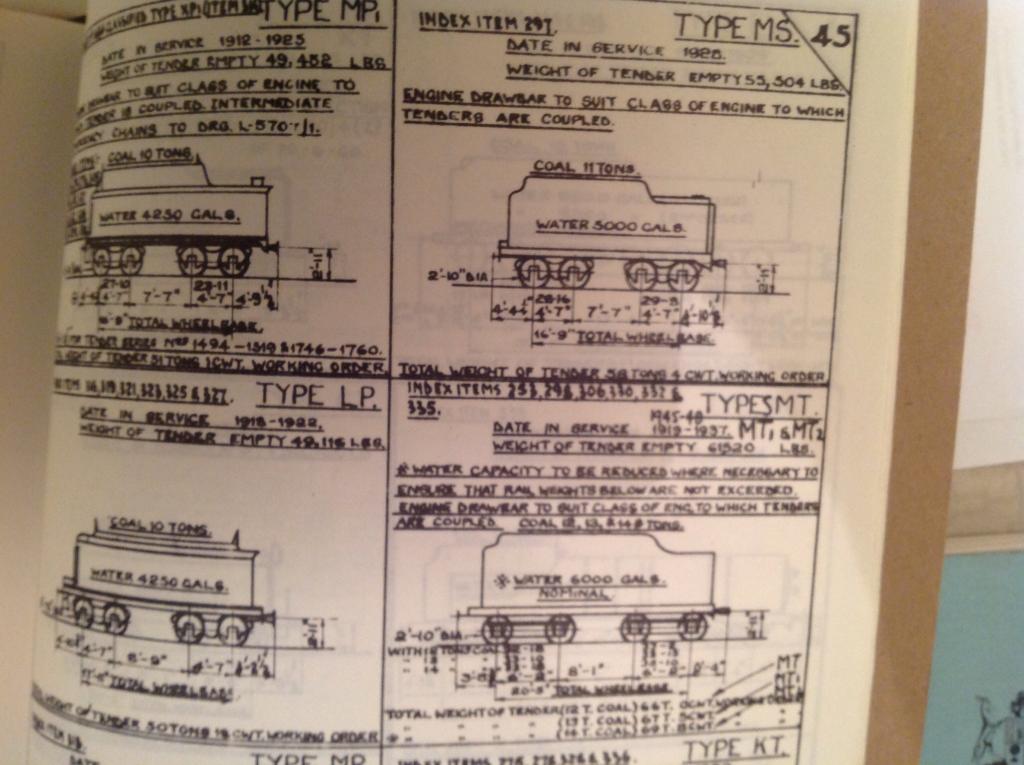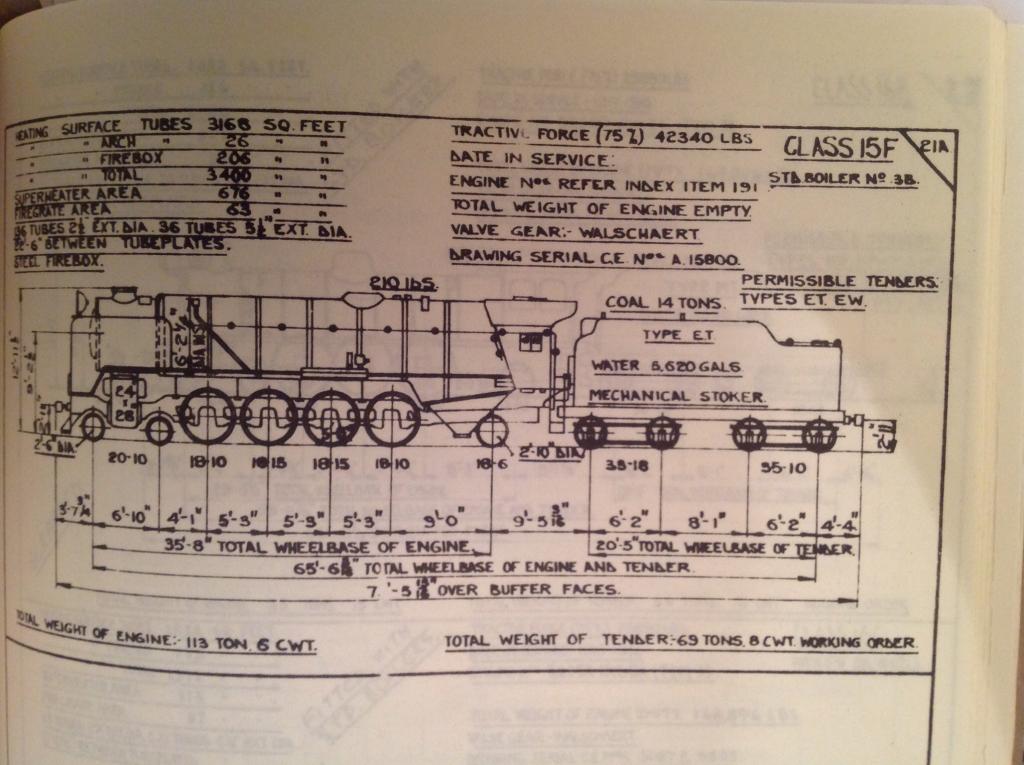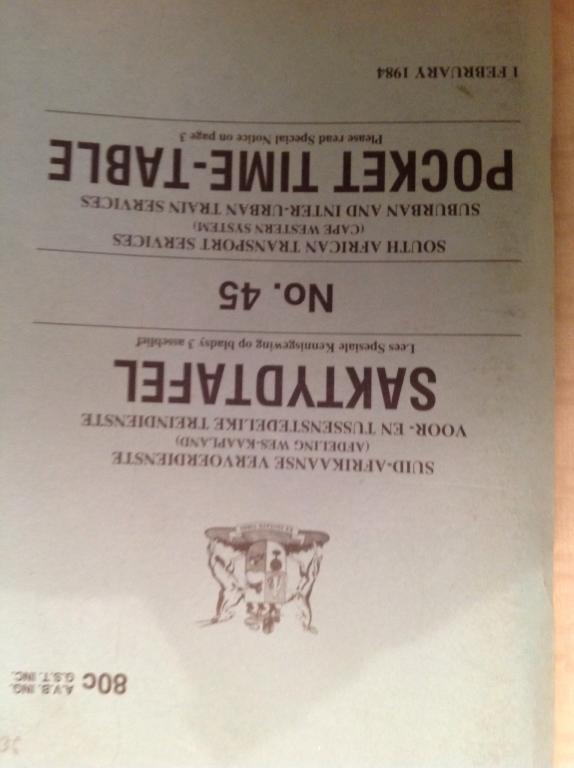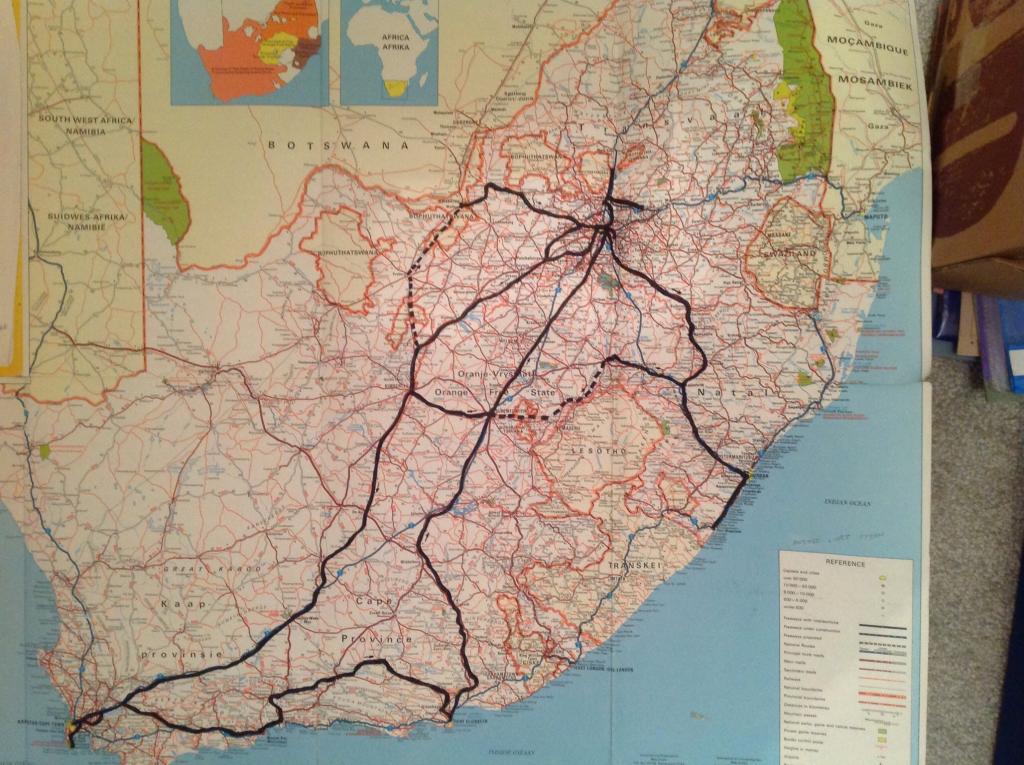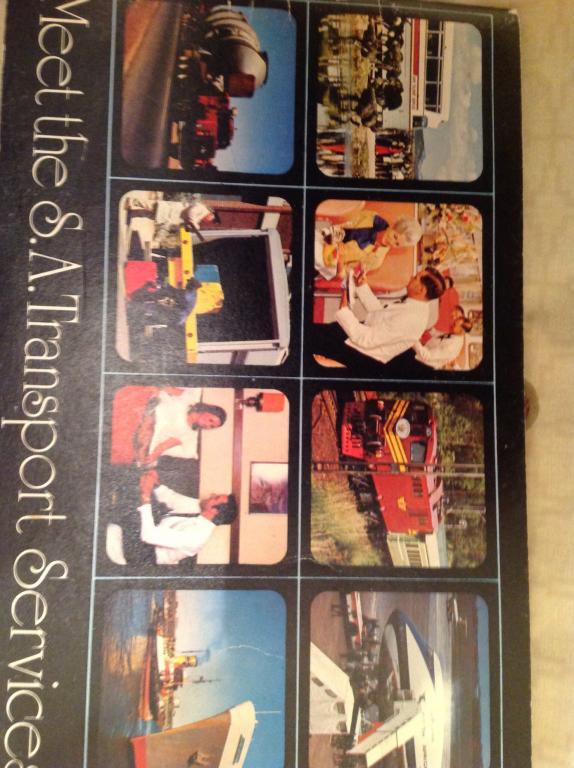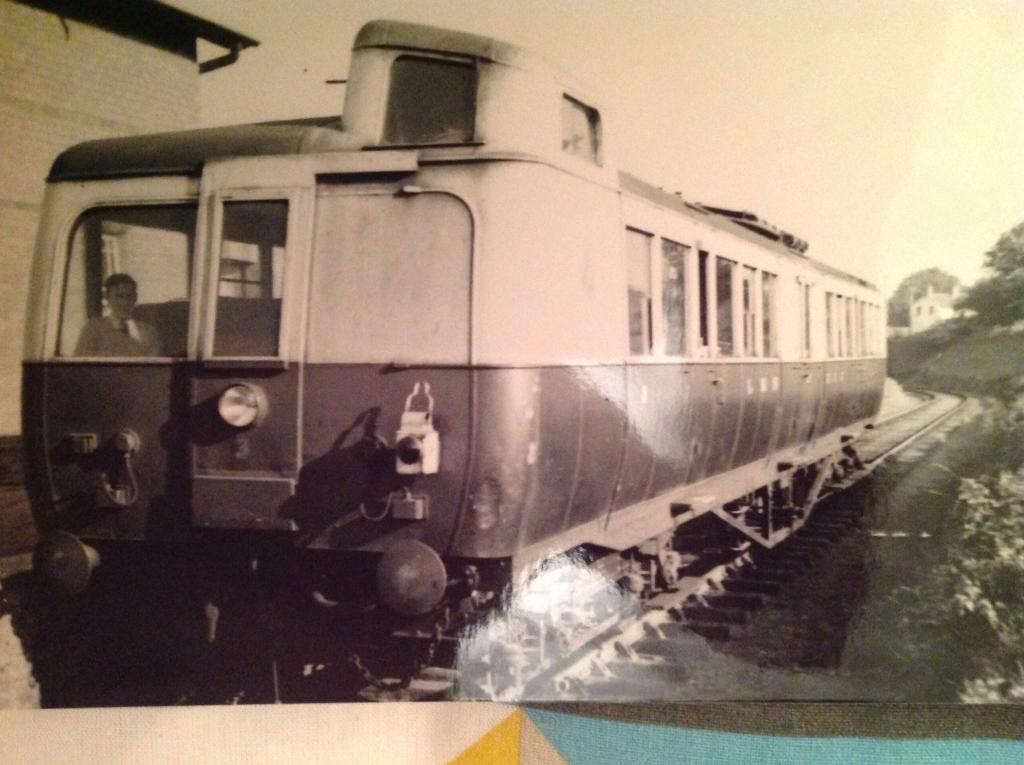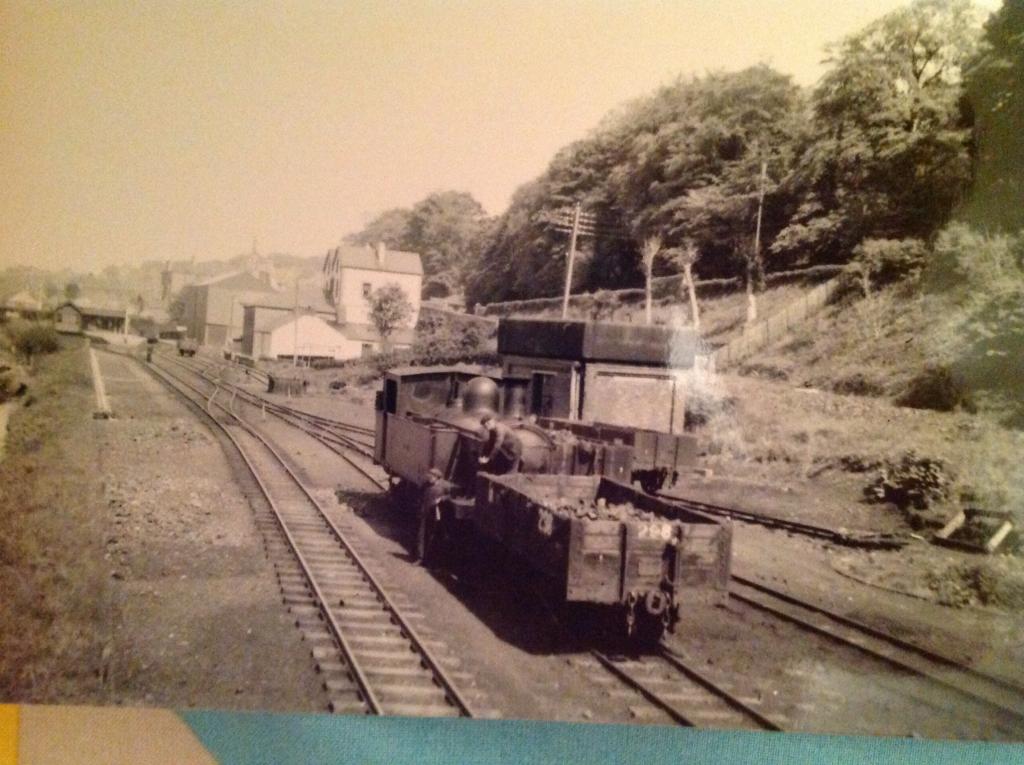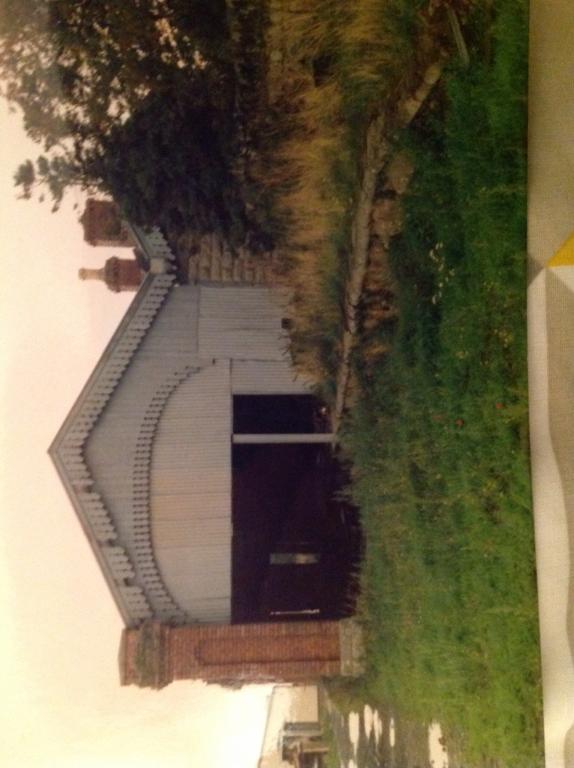-
Posts
15,831 -
Joined
-
Last visited
-
Days Won
393
Content Type
Profiles
Forums
Events
Gallery
Blogs
Store
Community Map
Everything posted by jhb171achill
-
There you have it; this is how historical research pans out. We now can be certain that Bazin, Bredin and McDonnell were Shels supporters, while Bullied was northside roaring "up the Dubs"!!!! ;-)
-
Photos of days gone by
jhb171achill replied to jhb171achill's topic in Photos & Videos of the Prototype
Broithe, that's either me or my twin brother, or else his twin brother...... -
Interesting point, Mayner - I never thought of that. Family recollections of Edgar Bredin were that he kept himself very much to himself, as did others of his colleagues. They seemed to go into the works, do their work and go home - certainly in my grandfather's time I got the impression that most of the drawing office and design people, and those among the most senior levels of management didn't seem to socialise. Maybe it's because there was no Copper Face Jack's or Temple Bar......
-
Photos of days gone by
jhb171achill replied to jhb171achill's topic in Photos & Videos of the Prototype
No end to your talents, josefstadt! How do you do that anyway? If it's a process suitable for simpletons, I'll have a go myself! Incidentally, I think the photo was taken at Clones. Senior was carrying out the annual inspection of Omagh - Fintona - Bundoran - Enniskillen - Clones - Portadown - Belturbet - Cavan - Dundalk via Cootehill and Carrickmacross. I've an idea I've notes on the actual jaunt, or some of it, somewhere. Will post when I find it if there's anything of substance. -
1939, 1959, 1974 & 1975 timetables claimed.
-
Stamps claimed now.
-
Thanks, Dive. 11th May 1987 (green one) and 15 May 1995 now claimed, folks.
-
-
-
1948 report now claimed. But the Cullybackey lot have been restrained; they decided to come in quietly via the GNR, but sure haven't they gone and closed Keady to Castleblayney. Them oul diesel-laundering mountainy men. Looks like a lock-in down Keady way tonight. Here are some WTTs, free but for postage. 2.4.73 Suburban 9.6.74 3.3.75 (tattered, but includes the likes of Loughrea, New Ross and Ballinacourty. 27.6.77 8.5.78 12.5.80 29.6.81 11.5.87 - Irish Rail's first. Set of points logo. 18.5.92 15.5.95
-
Photos of days gone by
jhb171achill replied to jhb171achill's topic in Photos & Videos of the Prototype
Well, we know of the GNR and its attractive 4.4.0's like 171, 131 or 197. So, just for a change, here's the N G Railway's No. 791 with its Director's Saloon about 1953. It's on an inspection trip, utilising the set of steps specially constructed to let the inhabitants down onto the track via the gangway. I wonder what became of the steps? In all its back-to-front printed glory, here it is. -
I know that political comment is barred from IRM, but here goes! Vote for P T Somerville-Large! Sure, he's the GSR's Civil Engineer in Westland Row, don't ye know? If the mods ban me for canvassing, you'll know they support dem udder wans. This is post-free, and cost-free, to whoever wants it. The then equivalent of junk mail - it was a blotter! Postcard size. The reverse of this one is unused blotting paper, and was picked up by Senior in the GSR Drawing Office, where the hopeful candidate had been handing them out! The back: being unused, the mirror images of neither GSR nor Senate secrets are included; buyer supplies and installs their own. Like the impending introduction of 450 class tins on the Kenmare branch, and the military invasion of the Irish Free State by three Orangemen from Cullybackey. Remember where ye heard it first. There's a scoop for the Longford Leader.....
-
This one's for sale. €10 plus postage. Contains a fascinating and detailed article by G B Howden, the GNR's General Manager, on the rebuilding of the Boyne Viaduct. This was a very major undertaking and the article covers all aspects of it. Health & Safety had yet to be invented. This man survived, impossible as the H & S Taliban might have us believe.....
-
This is a highly detailed insight into the state of the railways in the late 1940s. Title self explanatory. Free to a good home, but postage costs requested in return.
-
This one's for sale, so I'll post it here and on a for sale post too. Early 1900s map of Central London with railways in amazing detail, predating stylised diagrammatic London maps. €15 plus postage.
-
Continued: this lot postage only too. This next one, a collection of luggage labels, I'm asking for €10 + postage.
-
SAR loco diagram book gone in record time but other SA stuff still here. More to go..... it's an international lot today. South African a minute ago, British (and also GNR(I)!) next: this first lot free but postage required.
-
Photos of days gone by
jhb171achill replied to jhb171achill's topic in Photos & Videos of the Prototype
More to come, in between posting stuff I'm giving away in another thread! -
An "E" like you've never seen her....
jhb171achill replied to jhb171achill's topic in Photos of Models
I actually think she looks quite well! Next: a "G" in "supertrain"! What about that? -
-
Any fans out there of the South African Railways? If there are, form an orderly Q; blankes to the right and nie-blankes to the left, and see if you want any of the following. Again I'm giving it away, though I would ask for postage to be reimbursed. This book is almost like a phone book! It has every loco drawing the SAR ever had!
-
Photos of days gone by
jhb171achill replied to jhb171achill's topic in Photos & Videos of the Prototype
The wagon in Cork - yes, a standard flat (known in those days as "Lancashire Flats"), with one of those open removable pallet things on it. -
Photos of days gone by
jhb171achill replied to jhb171achill's topic in Photos & Videos of the Prototype
Railcar heaven in Donegal in the 1930s! None of yer Castle Class! This is a proper railcar! Meanwhile, on the Derry Central.... none o' yer CAFs or 80s! But, relief is at hand; we're not all petrol-heads - steam ruled the roost in Victoria Road till the last. Narrow gauge Donegal 2.6.4Ts. -
Photos of days gone by
jhb171achill replied to jhb171achill's topic in Photos & Videos of the Prototype
-
Do you know what that model looks like. CIE departmental grey, poorly applied and faded, resulting in older CIE post-1955 green and GSR maroon to show through!
.png.c363cdf5c3fb7955cd92a55eb6dbbae0.png)



